Biology
Biology is the branch of science that deals with life and living organisms. The main objective of Biology is to understand the various processes taking place inside any living organism. It includes the formation of cells, composition of cells and formation of tissues. It also reflects on the changes occurring in human body. It depicts how the living and non living components interact with each other.
Here we will cover the various topics regarding Biology for Class 9. The concepts that are mastered in the lower classes help us to crack many entrance examinations like NEET, AIIMS, AIPMT, UPSC etc. At ABHYASONLINE.IN you can master the concepts at your own learning pace. It provides conceptual testing with analytical reports identifying the weak, moderate and strong concepts. We, at ABHYASONLINE.IN believe that, if the weak concepts are timely identified and improved, then every student can achieve their goals in life. Follow the links below to understand and master each and every concept of various topics in Biology along with video lectures.
Explore Chapters
The Environment means the physical and biological conditions in which a person lives. The interaction between organism is known as ecosystem. In this section of Our Environment Biodegradable and Non-Biodegradable materials, Biological Magnification, CFCs and the Ozone Hole, Human-generated Waste, Humans Affect the Environment, Management of Garbage and Sewage, etc., have been explained. Watch the videos and master the concepts
In 19th Century man realized that his way of living and the environment around him affected his health and by controlling these factors he could prevent certain diseases In this section of Why Do We Fall Ill AIDS, Antibiotics, Cholera, Control of Vectors, Diarrhoea, General Prevention of Infectious Diseases, Hepatitis, Immunization, Influenza, Jaundice, Malaria, Prevention is better Than Cure, Prevention of Infectious Diseases, Proper Disposal of Waste, Rabies, Safe Drinking Water, Strong Immune System, Tuberculosis, Typhoid ,etc. have been explained. Watch the videos and master the concepts
In 19th Century man realized that his way of living and the environment around him affected his health and by controlling these factors he could prevent certain diseases In this section of Why Do We Fall Ill Acute and Chronic Diseases, Balanced Diet, Basic Conditions of Good Health, Causes of Diseases, Clean Air, Clean Food and Water, Clean Surroundings, Diseases, Eliminating Infectious Agents, Exercise and Relaxation, Good Economic Conditions, Good Health, Infectious Diseases, No Addiction, Personal Hygiene, Signs and Symptoms of a Disease, Spreading of Communicable Disease, Spreading of Communicable Disease Through Air, Through Body Fluids,etc. have been explained. Watch the videos and master the concepts
All living organisms breathe. This process is known as respiration. Respiration involves the use of oxygen to break down carbohydrates and other organic molecules, giving usable energy In this section of Life Process Respiration Diaphragm, Different Animals with their Respiratory Surfaces, Mechanism of Breathing Inspiration and Expiration, Nasal Cavity, Pharynx and Larynx, Respiration among Plants, Respiration in Amoeba and Paramoecium, Respiration in Aquatic Animals, Respiration in Human Beings, Respiration in Organisms, Respiration in Terrestial Animals, etc., have been explained. Watch the videos and master the concepts
All living organisms breathe. This process is known as respiration. Respiration involves the use of oxygen to break down carbohydrates and other organic molecules, giving usable energy In this section of Life Process Respiration Aerobic Respiration, Anaerobic Respiration, Anaerobic Respiration Alcoholic Fermentation, Anaerobic Respiration Lactic Acid Fermentation, Breathing, Difference between Aerobic and Anaerobic Respiration, Difference between Respiration and Breathing, Adenosine Tri Phosphate ATP, Gaseous Exchange, Oxidation of Food and Respiration, Respiratory Substrate, etc., have been explained. Watch the videos and master the concepts
Nutrition provides nutrients to the body so that energy can be formed which can be used to carry out various activities. Nutrition helps in synthesizing a variety of substances such as proteins carbohydrates etc., In this section of Life Process Nutrition Alimentary Canal, Autotrophic Nutrition, Cross Section of a Leaf, Digestive Glands, Photosynthesis, Heterotrophic Nutrition, Holozoic Nutrition, Human Digestive System, Large Intestine, Liver, Mechanism of Food Digestion, Nutrition in Amoeba, Nutrition in Paramoecium, Oesophagus, Pancreas, Parasites, Peristatic Movement, Pharynx, etc., have been explained. Watch the videos and master the concepts
A Cell is the structural and functional unit of life. Cell is a building block with which all living organism are made, Cell is the smallest unit of life. The various topics that you will find in the links below are cell, how cell was discovered , structure of cell, functions of cell. We have discussed about the type of organism i.e. unicellular and multicellular, cell wall, plasma membrane, cell organelles and many more interesting topics
The biological world consists of many diverse species. There are so many varieties that it is almost impossible to study all of them in a single life span. Organisms have been grouped together on the basis of their features .In this section of diversity of living organism Bacteria, Phylum Annelida, Phylum Arthropoda, Phylum Aschelminthes- Nematoda, Phylum Cnidaria Coelenterata, Phylum Platyhelminthes, Phylum Porifera, Viruses etc. have been explained. Watch the videos and master the concepts
- Sample Test(s)Test NameSubject(s)Topics / ChaptersQuestions / MarksActionTutorial - 9th - Biology [Diversity in Living Organism II]BiologyDiversity in Living Organism II10 / 10View All FREE Test(s)
The biological world consists of many diverse species. There are so many varieties that it is almost impossible to study all of them in a single life span. Organisms have been grouped together on the basis of their features .In this section of diversity of living organism Classification, Classification depending on evolution, Taxonomic hierarchy, Taxonomy, Algae, Angiosperms, Animalia, Bryophyta, Charles Darwin, Fungi, Gymnosperms, Hornworts, Liverworts, Monera, Monocotyledons and Dicotyledons, Mosses, Plantae, Protista, Pteridophyte etc. have been explained. Watch the videos and master the concepts
- Sample Test(s)Test NameSubject(s)Topics / ChaptersQuestions / MarksActionTutorial - 9th - Biology [Diversity in Living Organism I]BiologyDiversity in Living Organism I10 / 10View All FREE Test(s)
Reproduction is an attribute of a living organism through which it is able to produce more of its kind. In this section of Reproduction Changes After Fertilization, Changes in Human Body, Contraception, Family Planning, Female Reproductive System, Fertilization, Human Reproductive System, Male Reproductive System, Parts of Flower, Pollination, Reproductive Health, Sexual Reproduction, Sexual Reproduction in Flowering Plants, Sexually Transmitted Diseases, etc. have been explained. Watch the videos and master the concepts
In biology, a tissue is defined as a group of cells with similar structure, organized to do a common function. A tissue is a group of similar cells and their extracellular matrix to carry out a specific function. Organs are then formed by the functional grouping of multiple tissues. In this section topics of Animal Tissue like Blood as Fluid Connective Tissue, Cardiac Muscles, Connective tissue, Epithelial tissue, Fluid Connective Tissue, Lymph as Fluid Connective Tissue, Muscular tissue, Nervous tissue, Skeletal Connective Tissue
In biology, a tissue is defined as a group of cells with similar structure, organized to do a common function. A tissue is a group of similar cells and their extracellular matrix to carry out a specific function. Organs are then formed by the functional grouping of multiple tissues. In this section topics of Plant Tissue such as Permanent Tissue, Parenchyma, Collenchyma, Sclerenchyma, Epidermis, Phloem Xylem, etc. have been explained. Watch the videos and master the concepts
A Cell is the structural and functional unit of life. Cell is a building block with which all living organism are made, Cell is the smallest unit of life In this section Topics such as protoplasm, cytoplasm, Endoplasmic reticulum, Ribosomes, Mitochondria, Golgi body, Plastids, Lysosomes, Centrioles, Cytoskeleton, Vacuoles, Nucleus, Chromosomes, Plant Cell, Animal Cell, etc. have been explained. Watch the videos and master the concepts
Explore Concepts (Click & View)
- Bacteria in Micro Organism
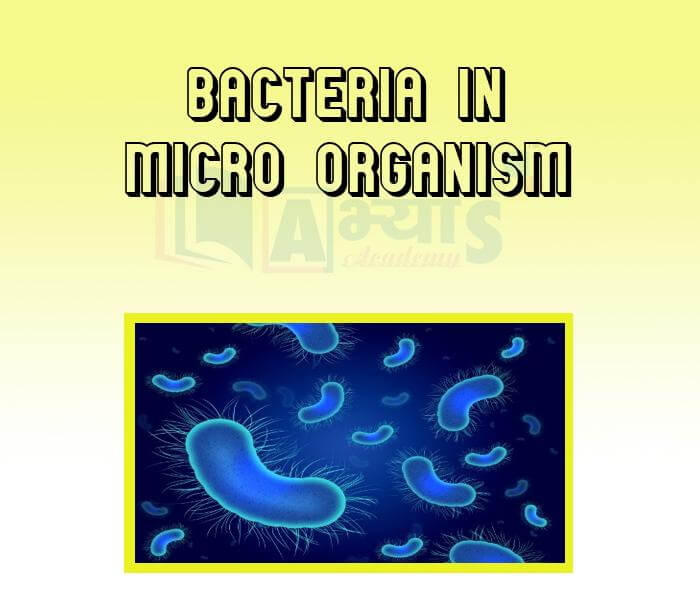
- Fungi in Micro Organism

- Commercial Use

- Medicinal Use

- Agricultural Use

- Environmental Use
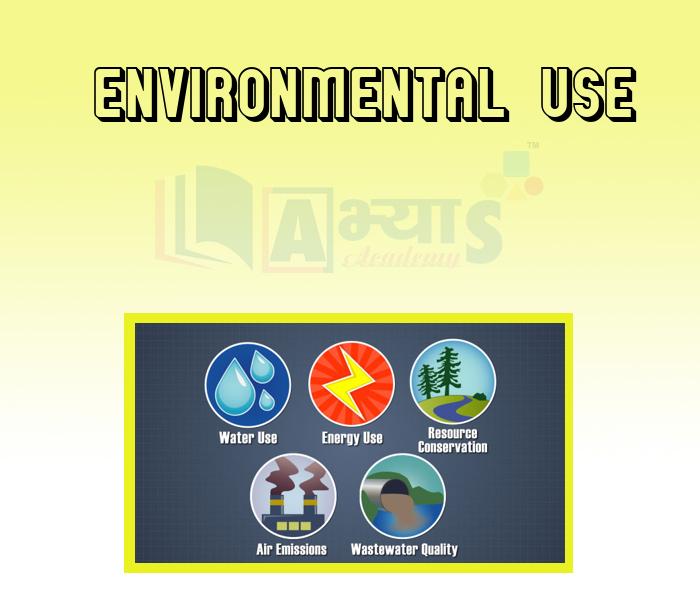
Explore Concepts (Click & View)
- Human-generated Waste
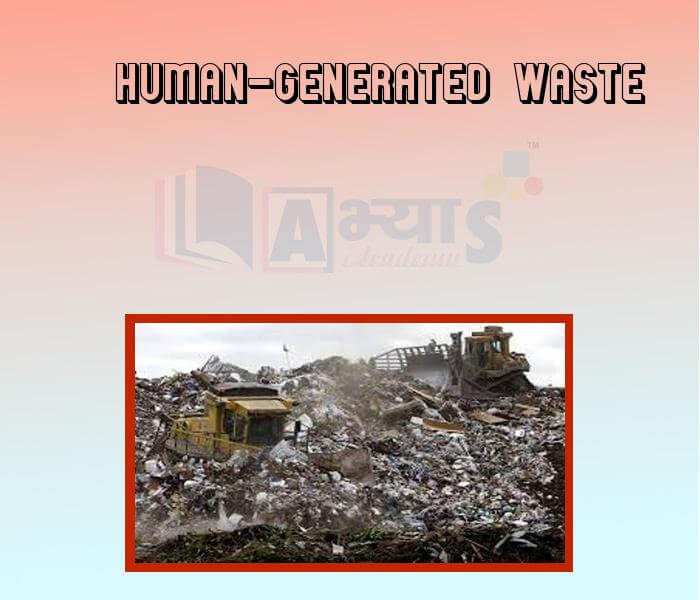
- Domestic Waste

- Industrial Waste
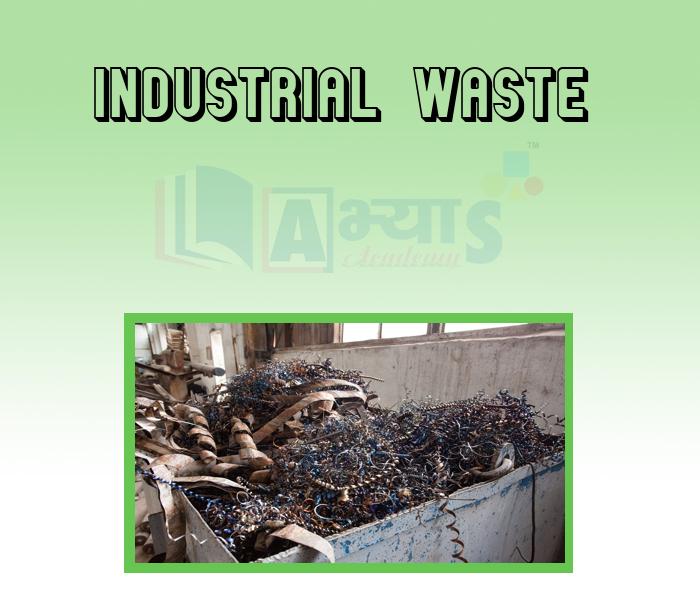
- Agricultural Waste

- Biodegradable and Non-Biodegradable Materials -
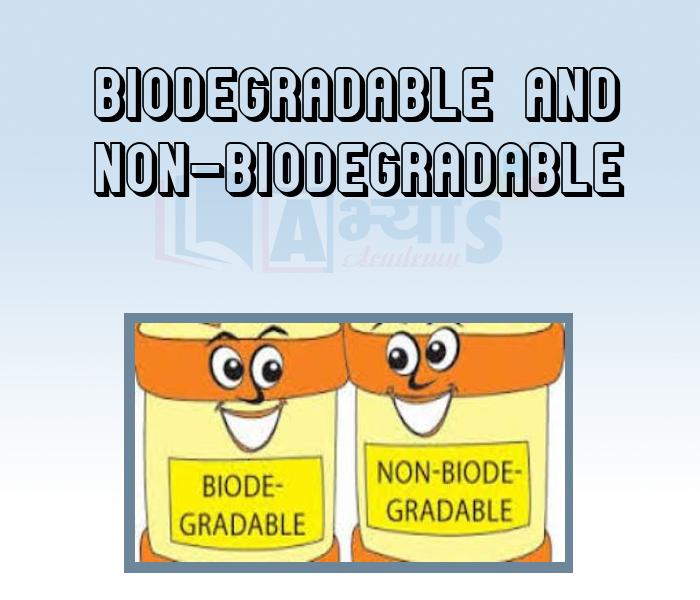
- e - Waste

- Management of Garbage and Sewage

- Segregation of Waste

- Dumping
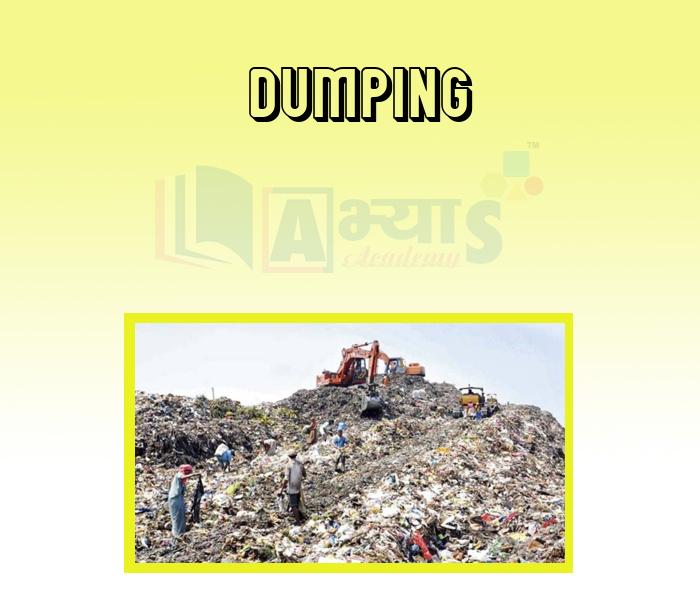
- Composting-Biodegradable
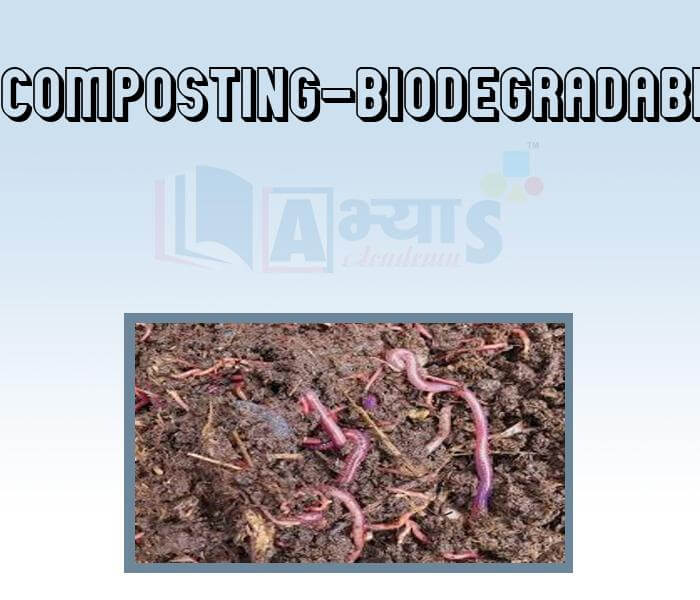
- Drainage

- Incineration

- Sewage Treatment

Explore Concepts (Click & View)
- Immunization
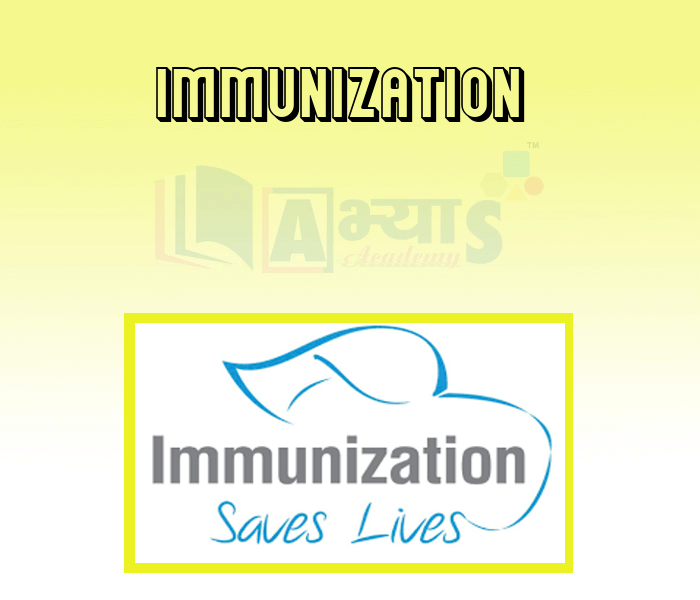
- Immunity And Types
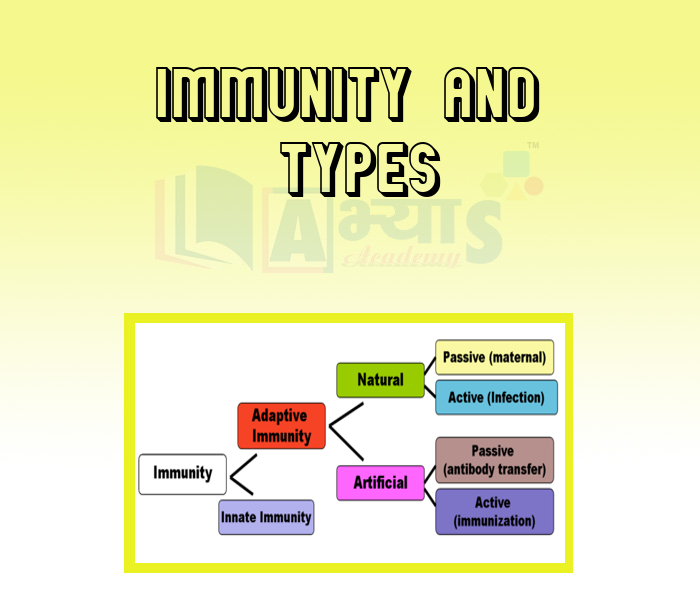
- Fighting Viruses

- Antiviral Drugs

- Nanomedicines
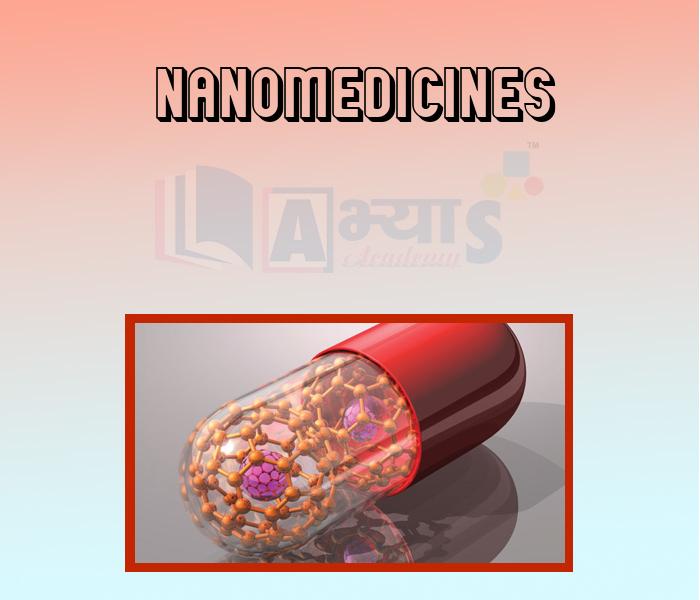
- Antitoxin
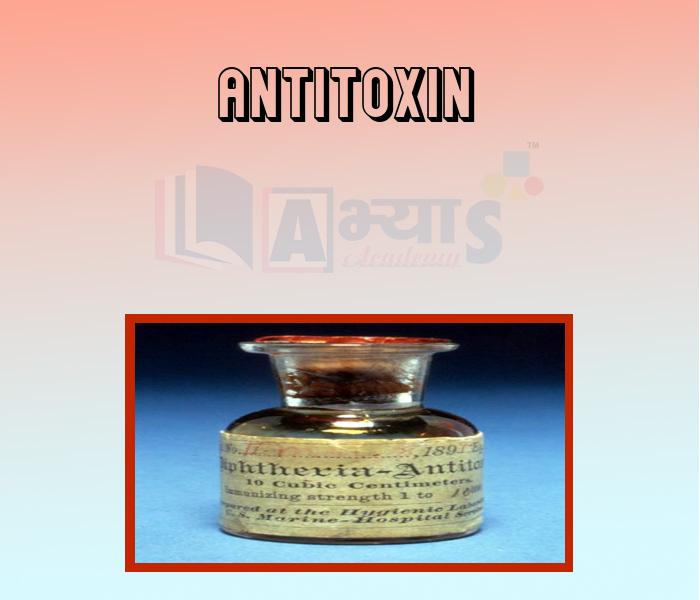
- Antiseptics and Disinfectants
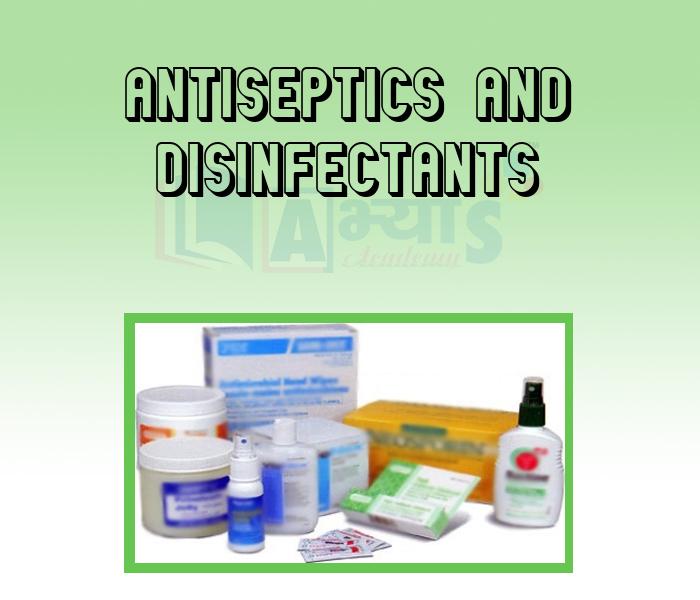
- Antibiotics
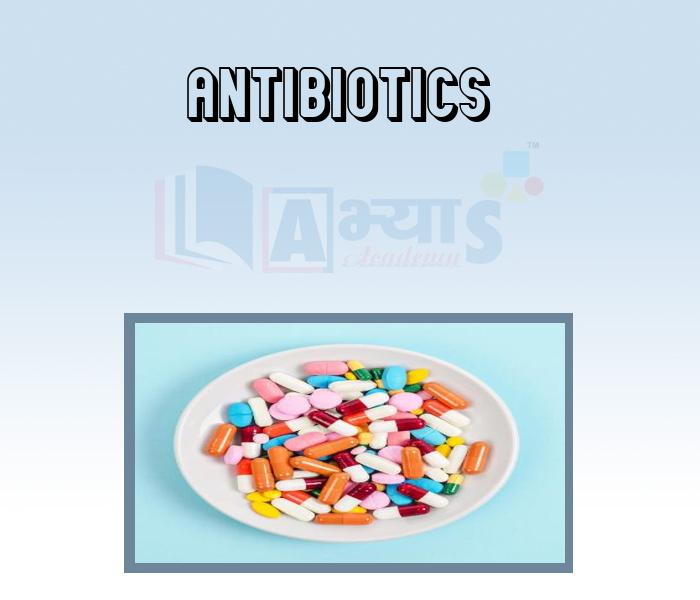
- Serum
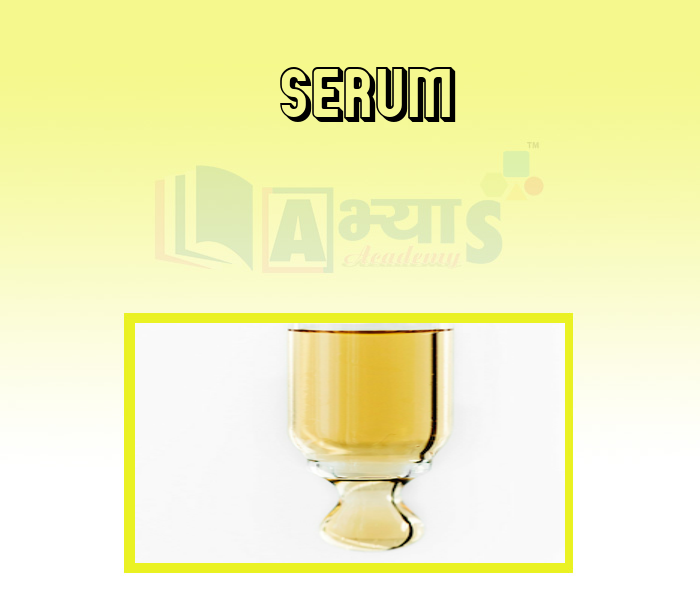
- Local Defence System
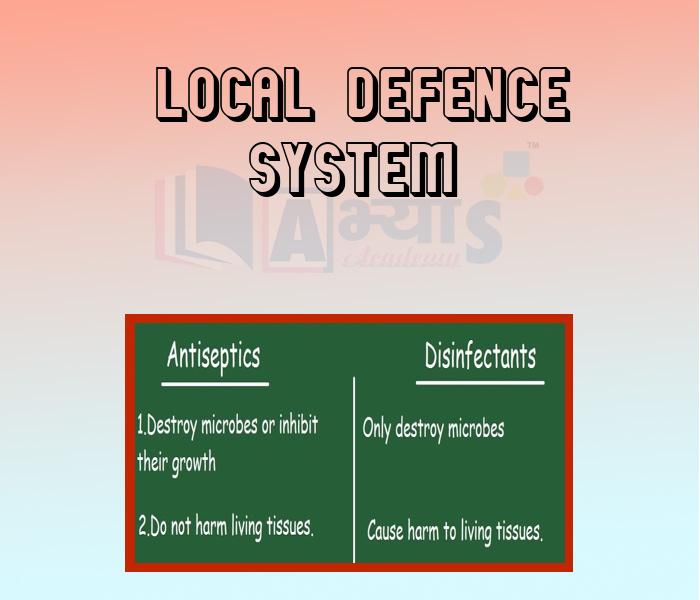
- Health Organisation

Explore Concepts (Click & View)
- Infectious Diseases

- Signs and Symptoms of a Disease
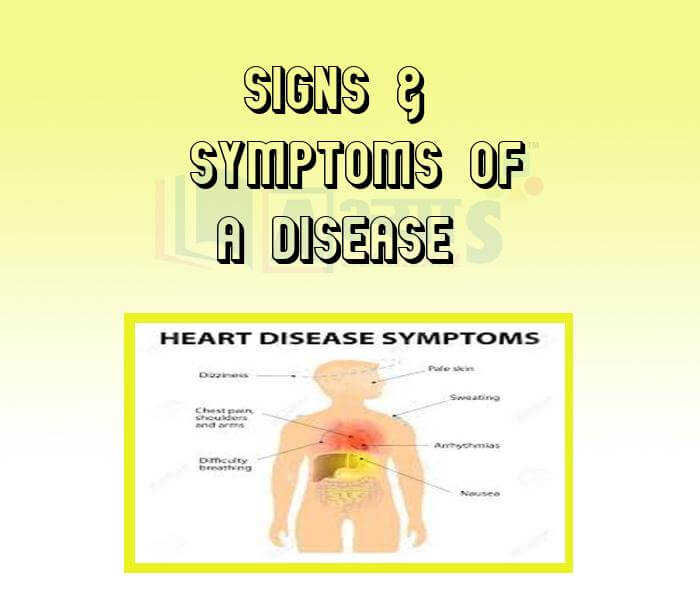
- Bacterial Diseases
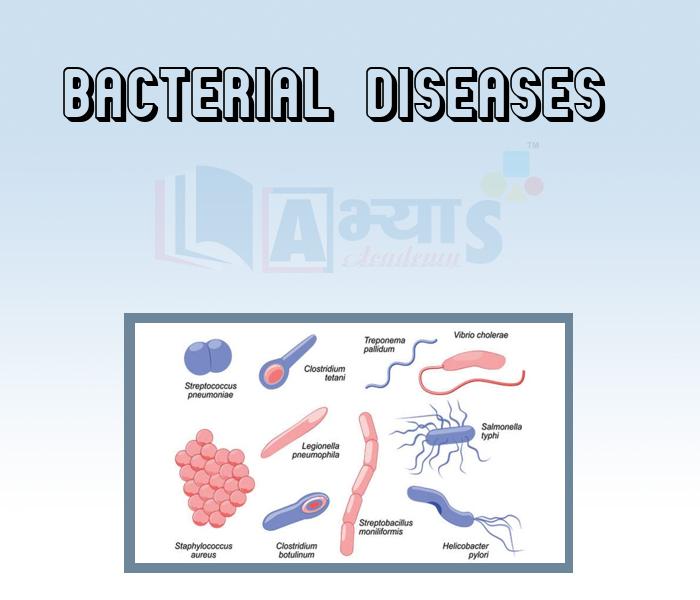
- Cholera
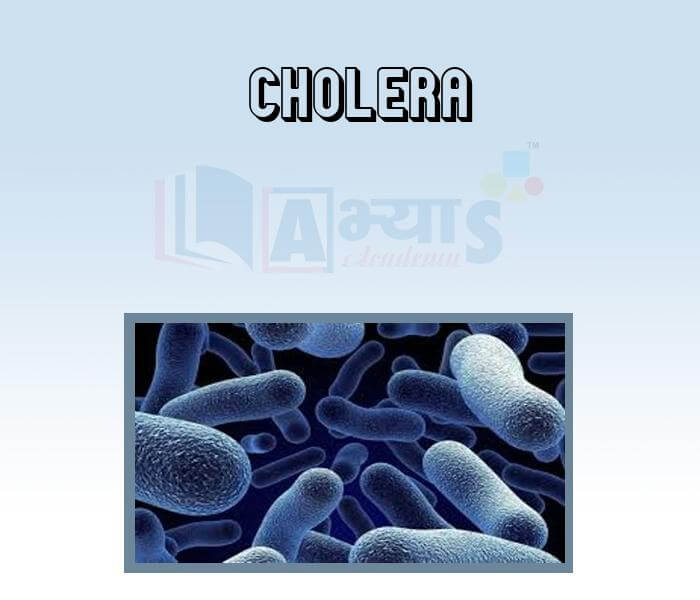
- Typhoid
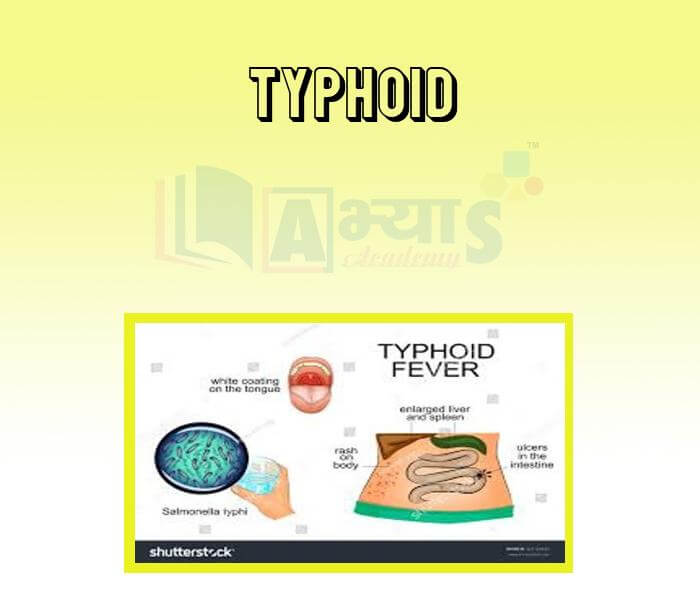
- Tuberculosis

- Tetanus

- Viral diseases
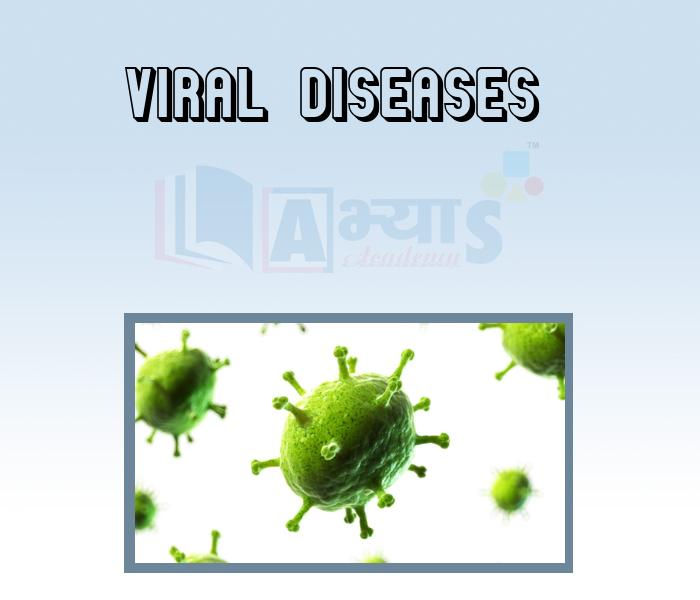
- AIDS
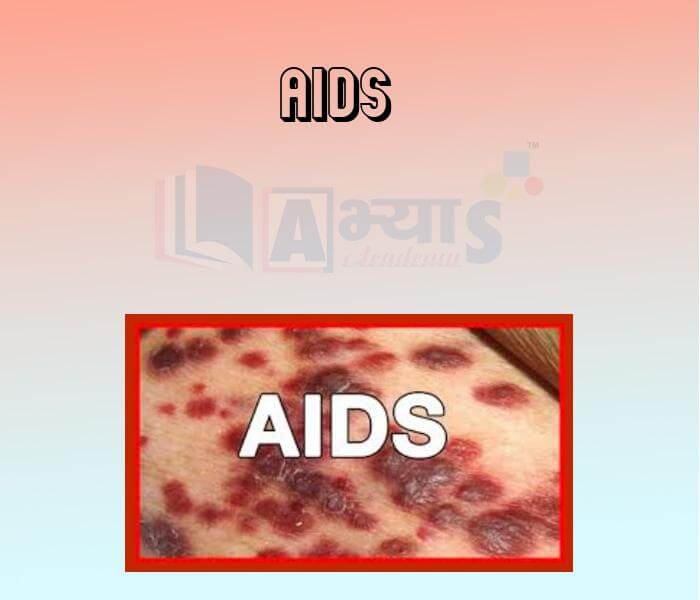
- Chickenpox
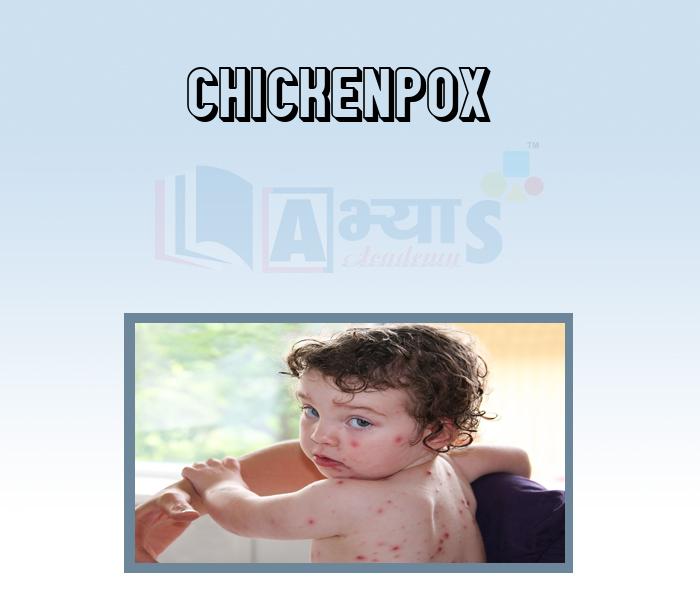
- Hepatitis
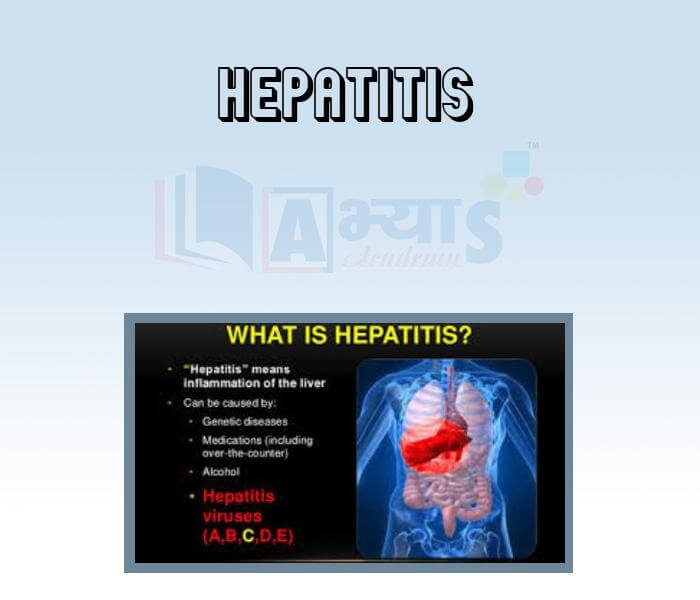
- Influenza
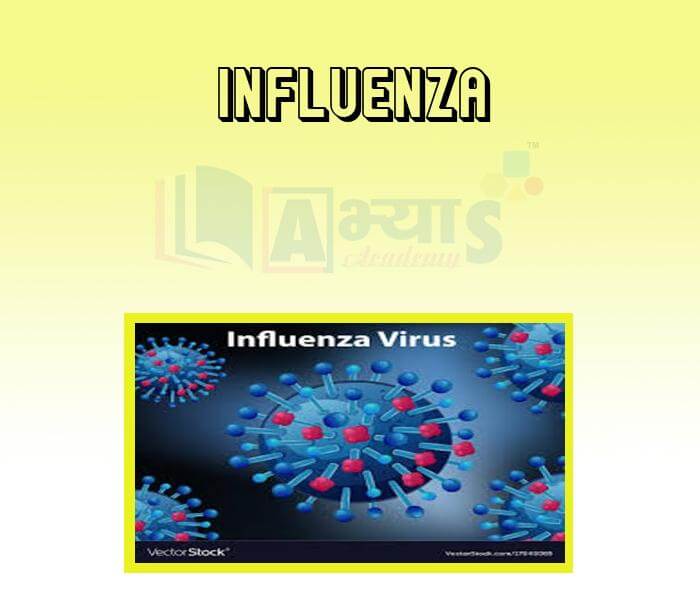
- Rabies -
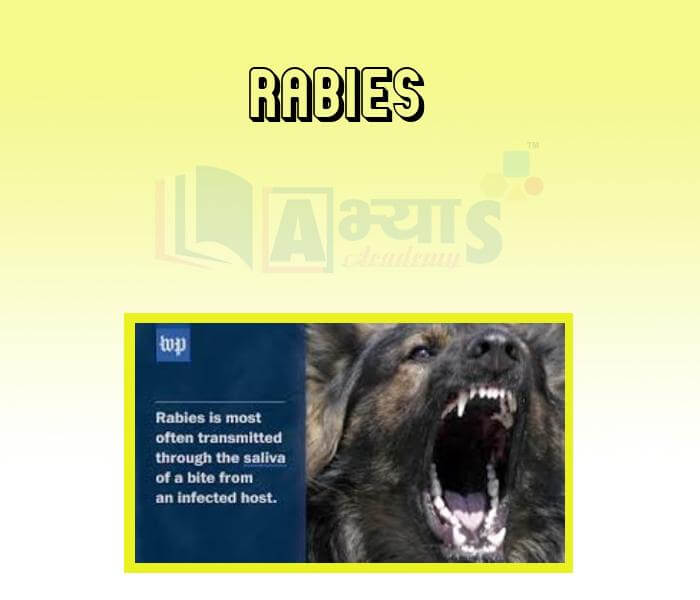
- Protozoa in Micro Organism
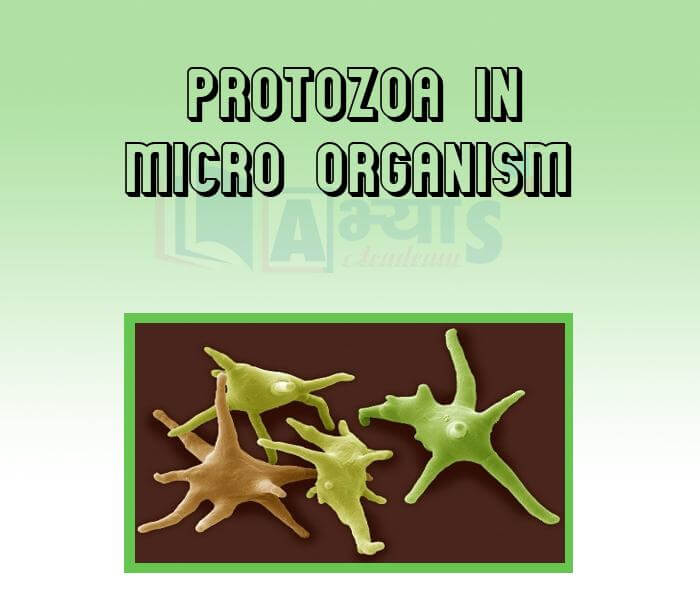
- Protozoan diseases
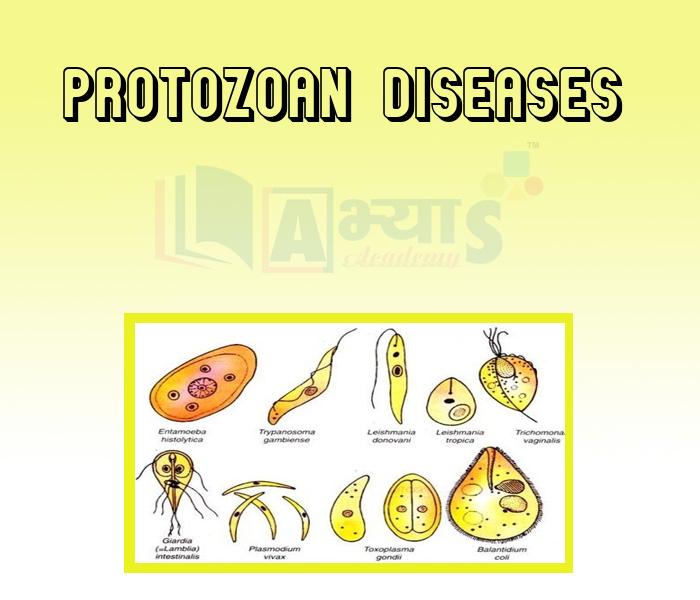
- Malaria
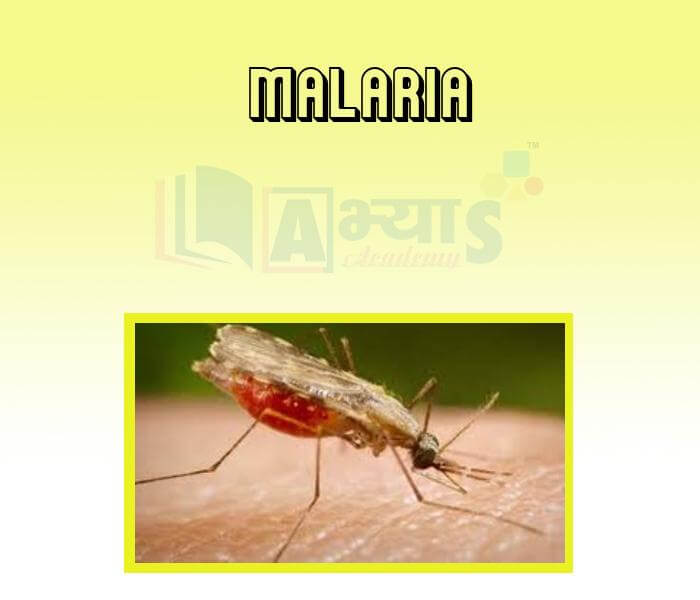
- Amoebic Dysentery
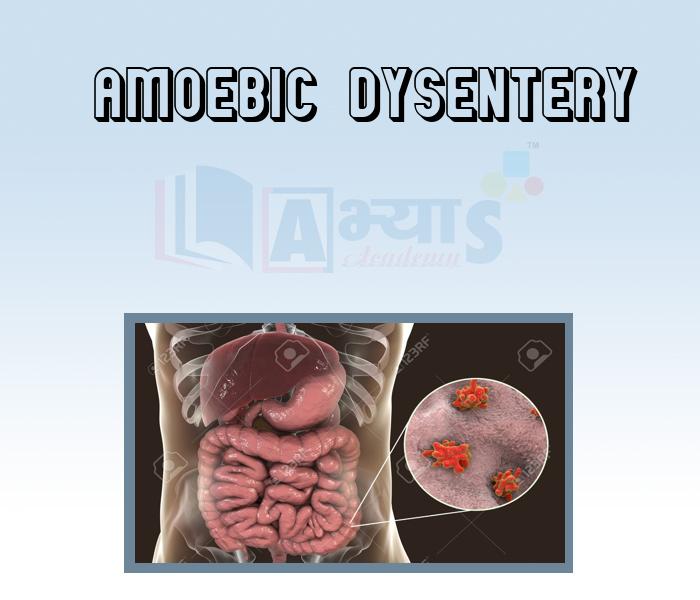
- Measles

- Diarrhoea -

- Jaundice -

- Helminthic diseases
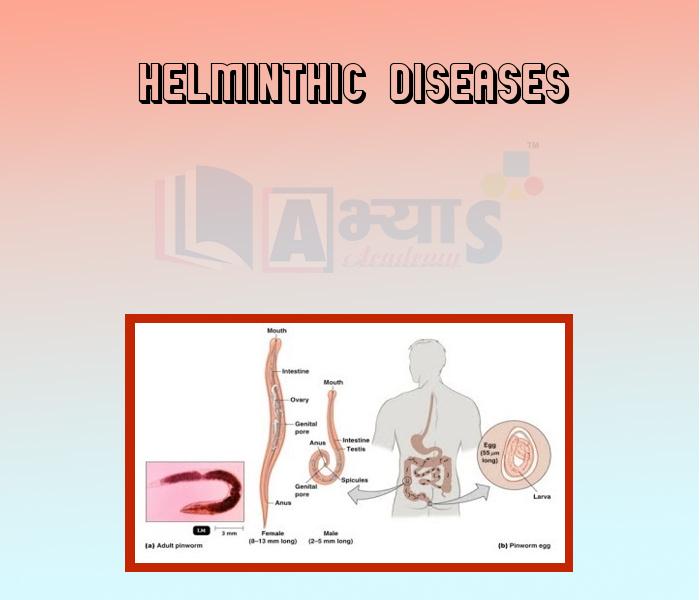
- Ascariasis
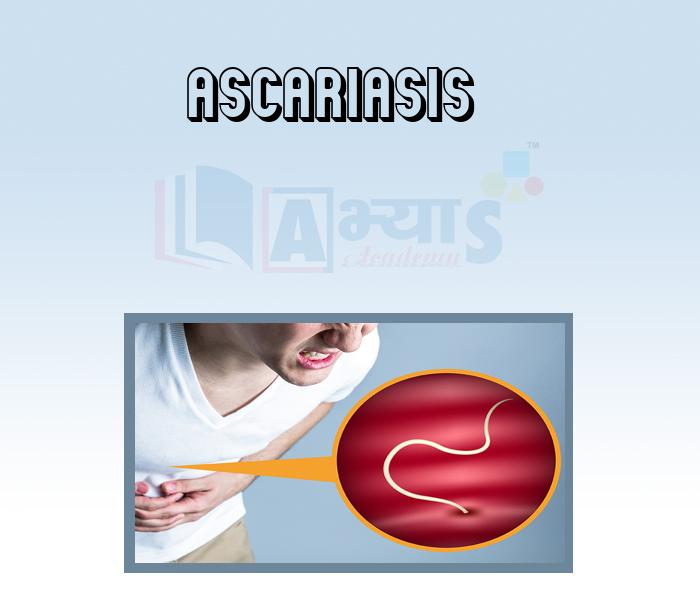
- Filiariasis
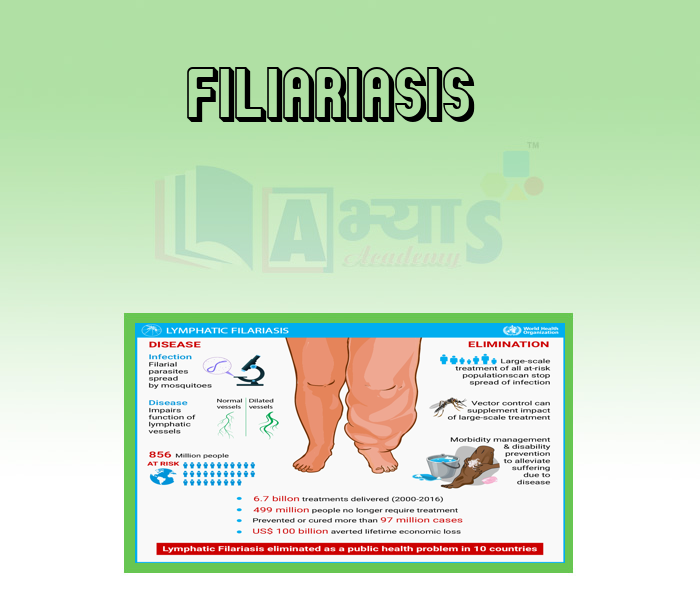
- Taeniasis
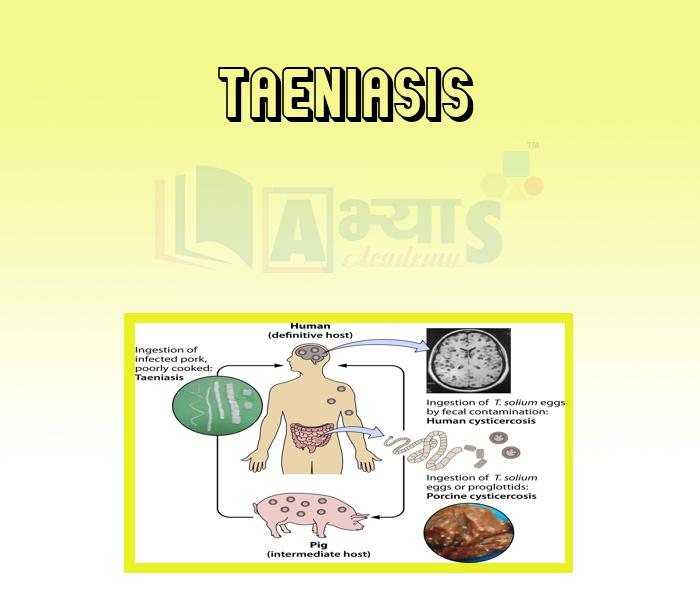
Explore Concepts (Click & View)
- Parts of Skin
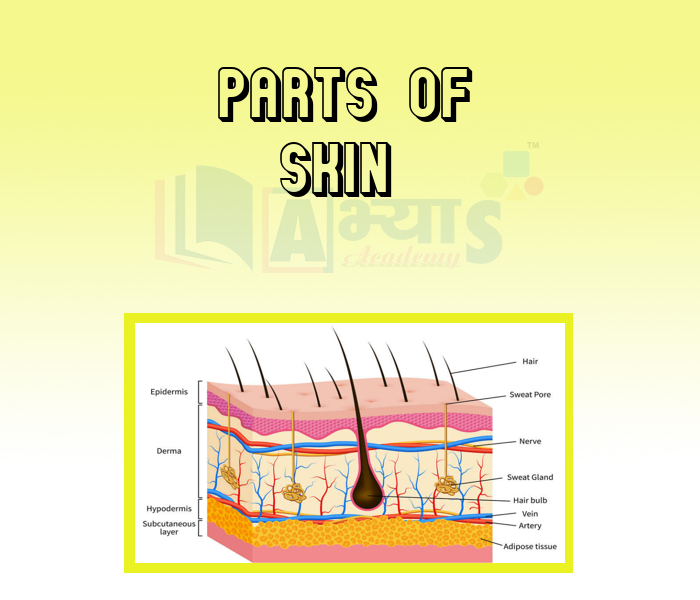
- Special Derivatives of the Skin

- Heat Regulation
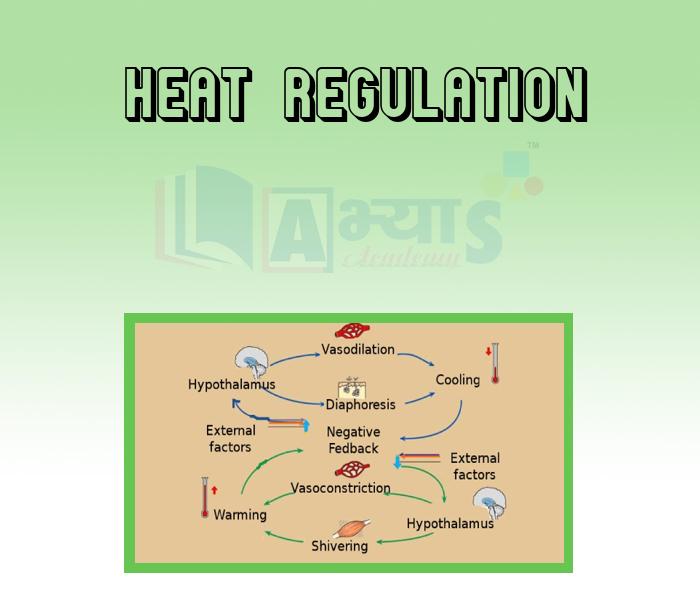
- Functions of Skin
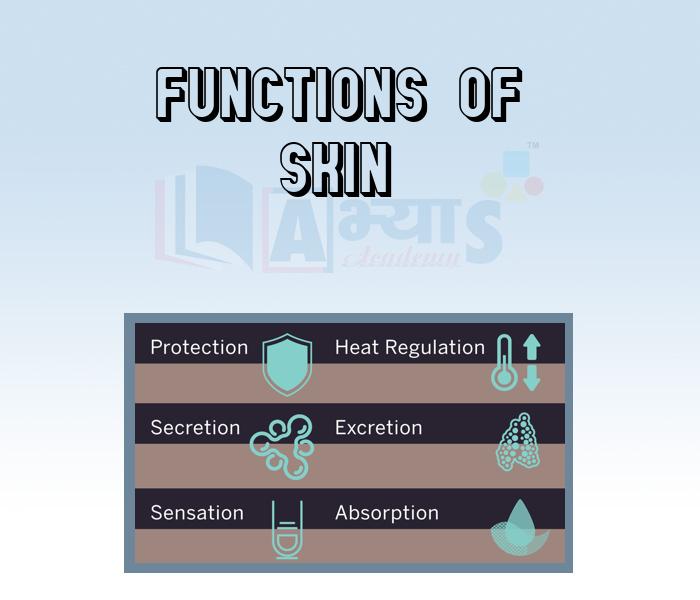
- Structure of Skin

Explore Concepts (Click & View)
- Respiration in Human Beings
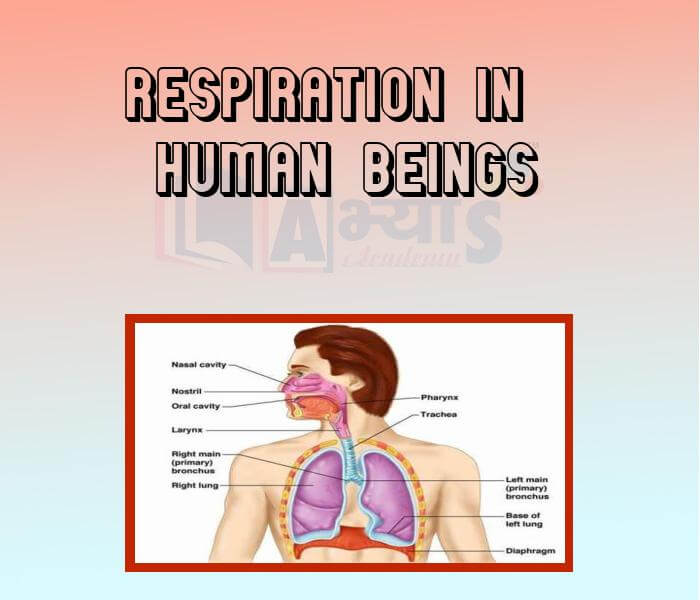
- Nasal Cavity

- Windpipe and Lungs
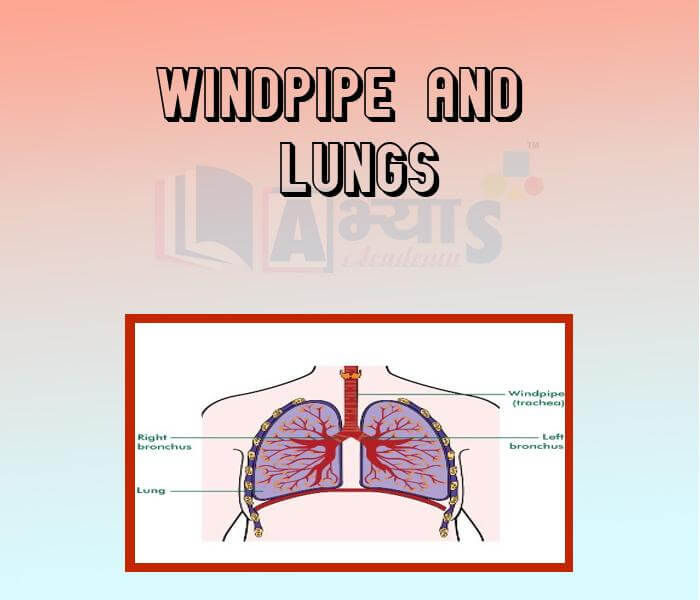
- Diaphragm
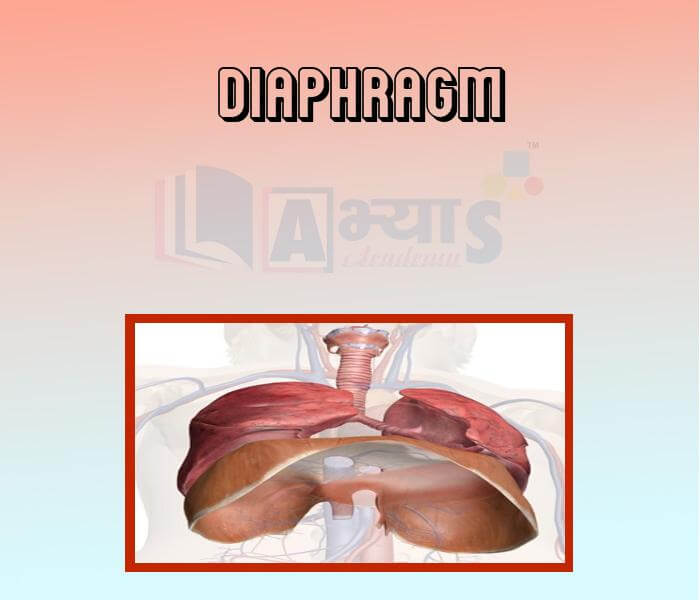
- Pharynx and Larynx
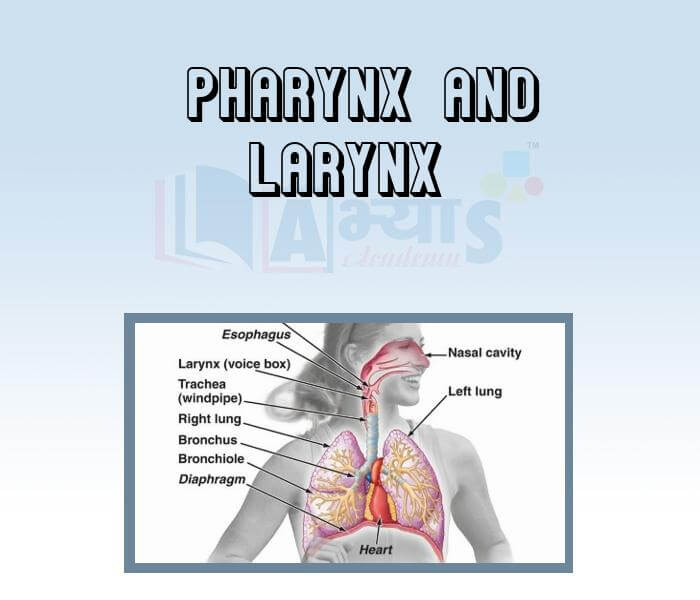
- Mechanism of Breathing Inspiration and Expiration
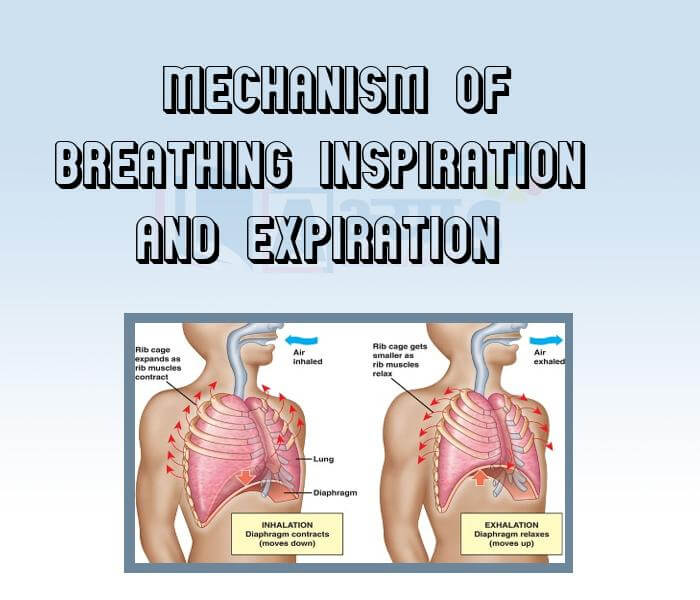
- Transport of Gases
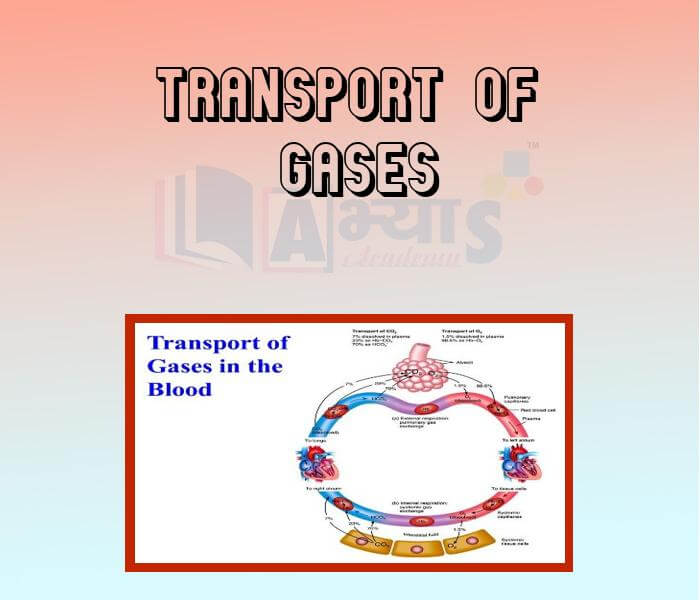
- Gaseous Exchange

- Respiratory Substrate
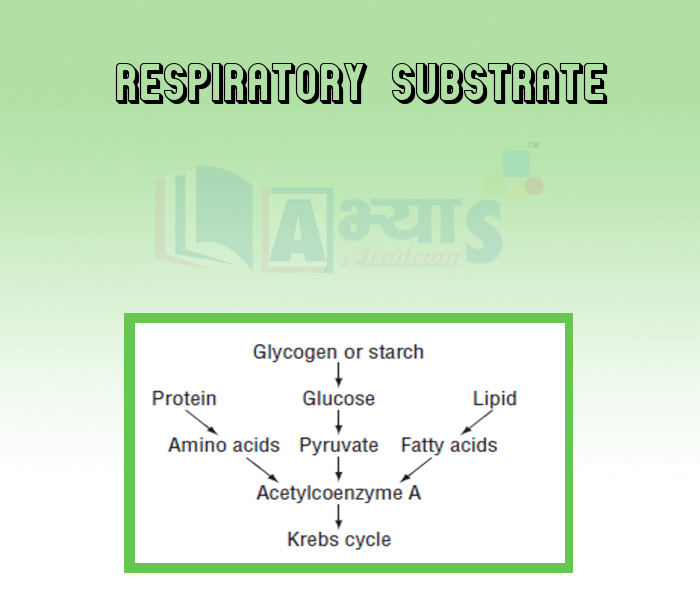
- Oxidation of Food and Respiration
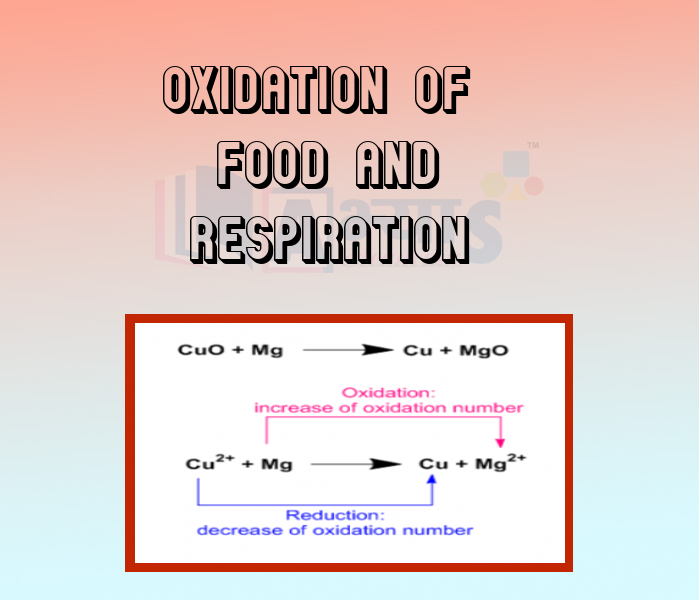
- Anaerobic Respiration
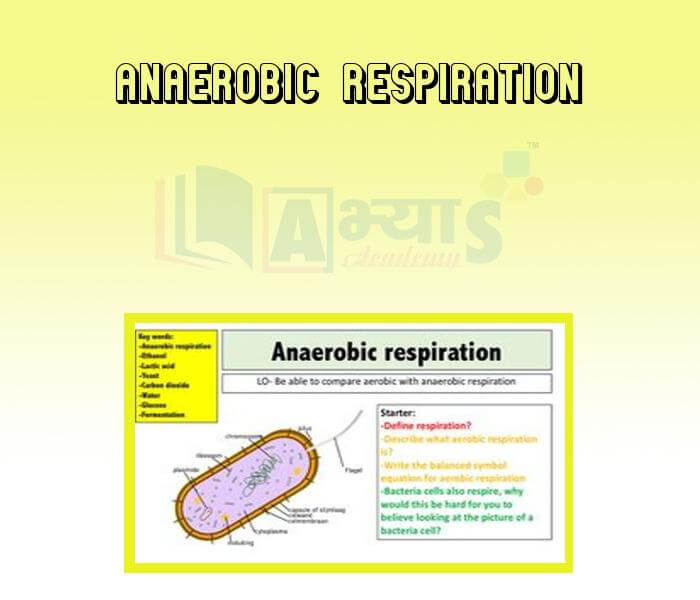
- Anaerobic Respiration Lactic Acid Fermentation
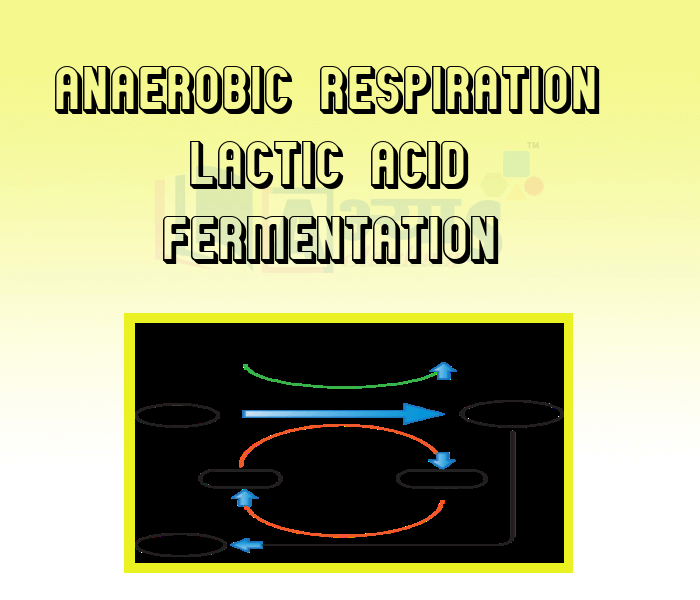
- Anaerobic Respiration Alcoholic Fermentation

- Anaerobic Respiration in Plants And Humans
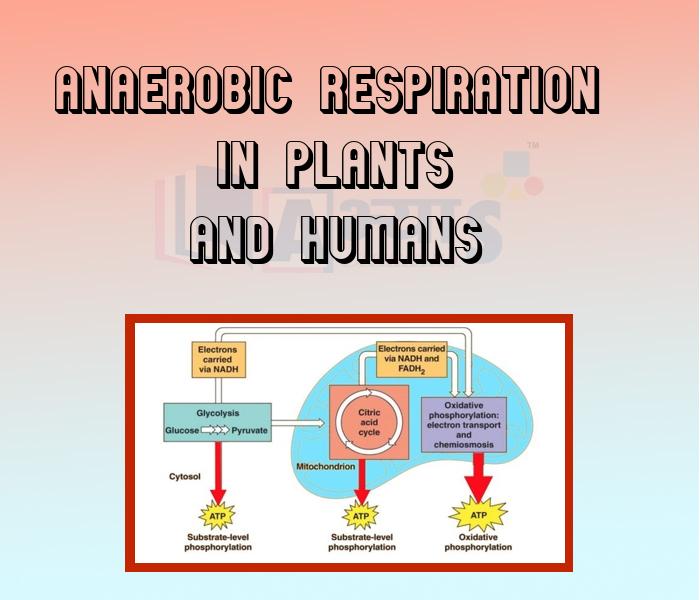
- Respiratory Volumes and Capacities

Explore Concepts (Click & View)
- Organization And Structure Of The Body
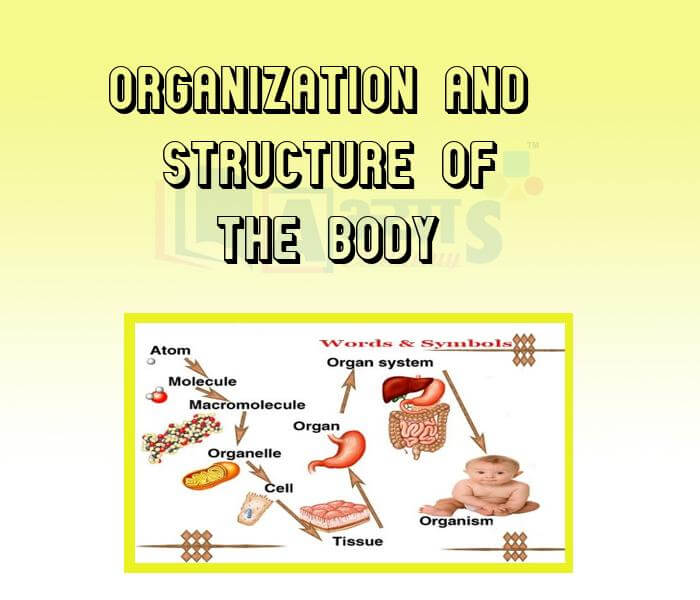
- Functions of The Skeleton

- Structure Of The Human Skeleton

- Joints And Movement
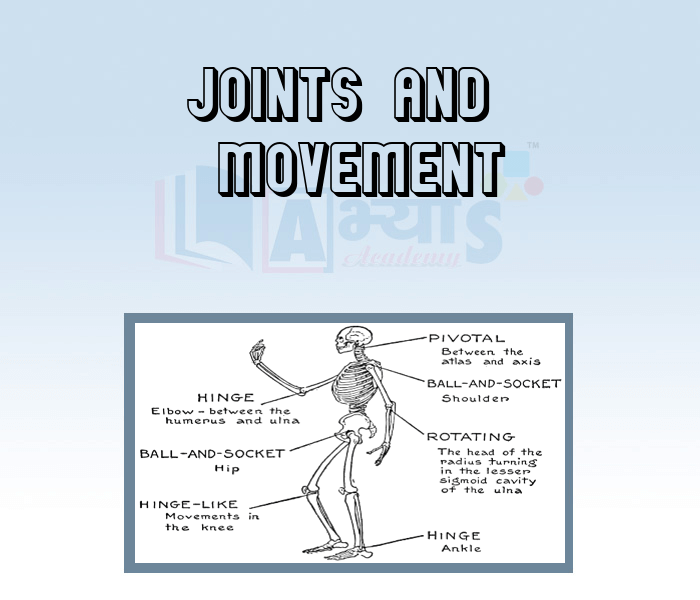
- Movement and Locomotion
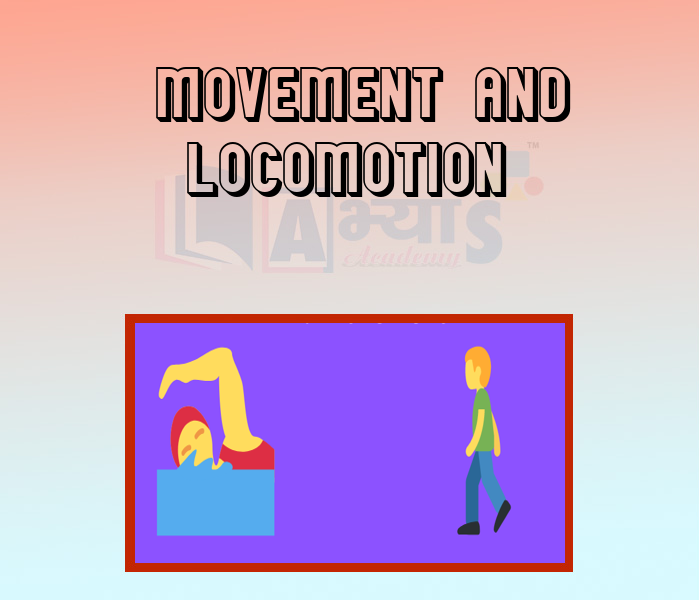
- Skull and Backbone
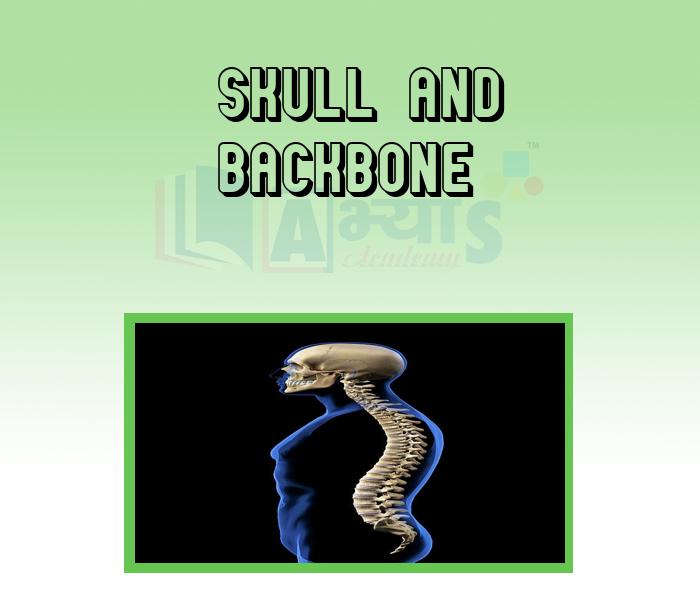
- Ribcage and Shoulder Bone
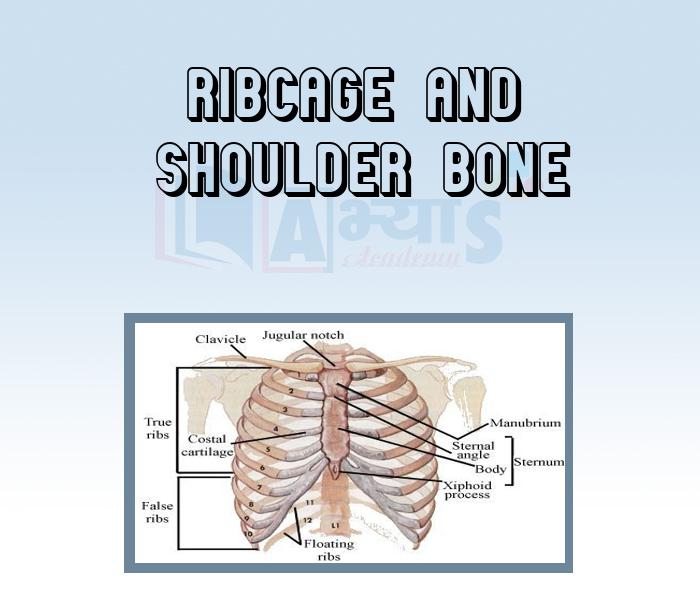
- Pelvic Bones
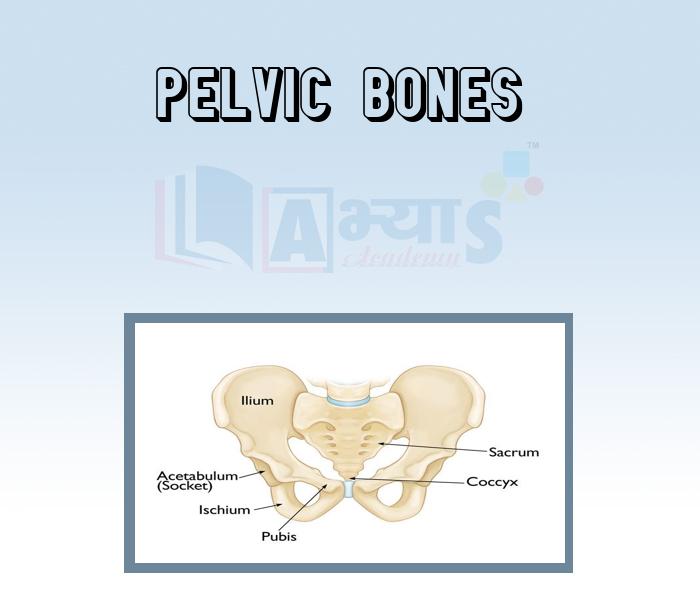
- Movement in Earthworm

- Movement in Fish, Snake and Bird
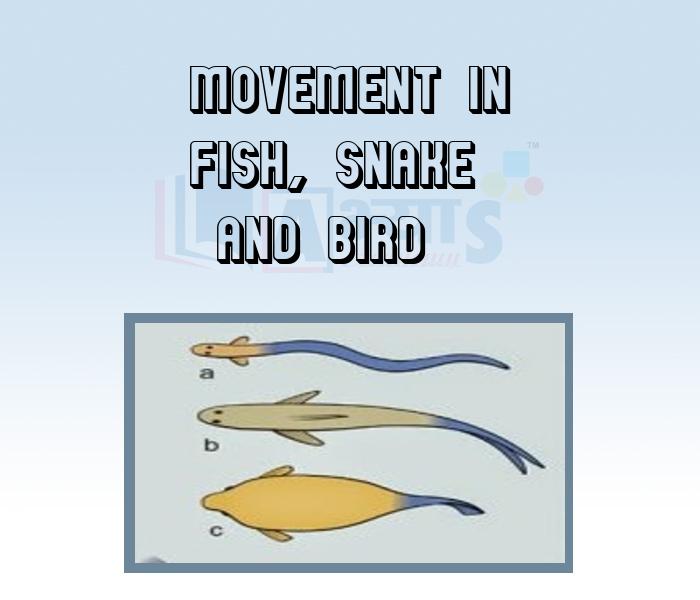
- Movement in Snail and Cockroach
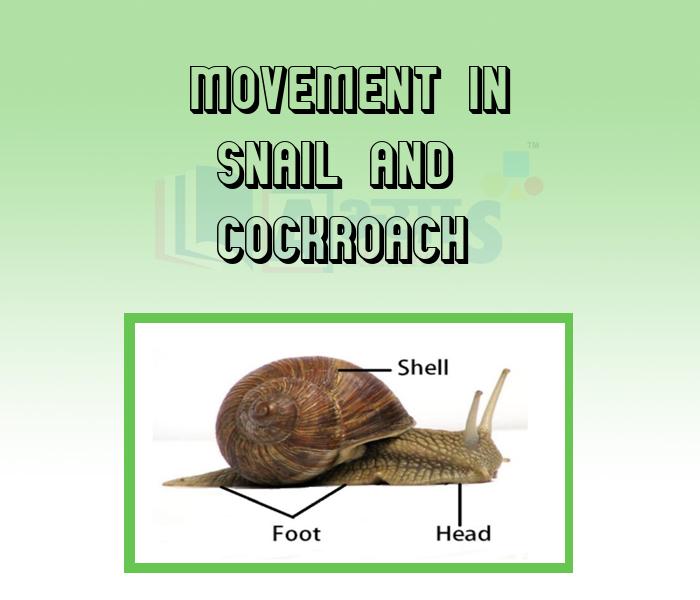
- Muscles
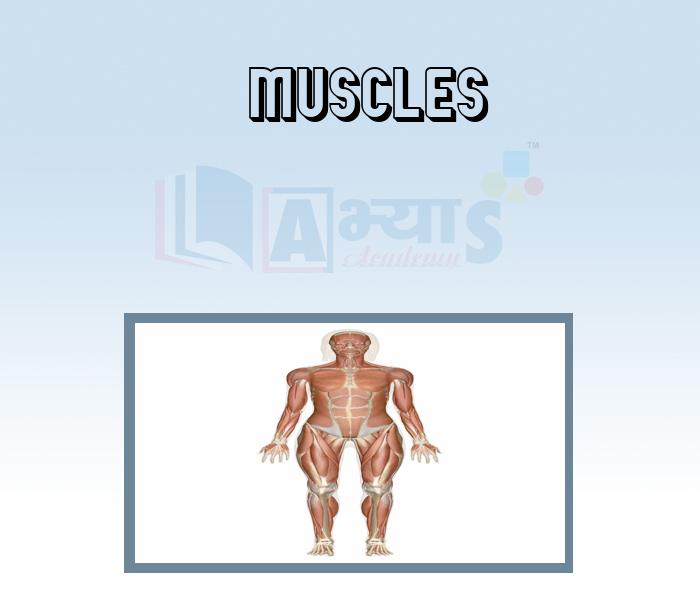
- Limbs - Arms and Legs
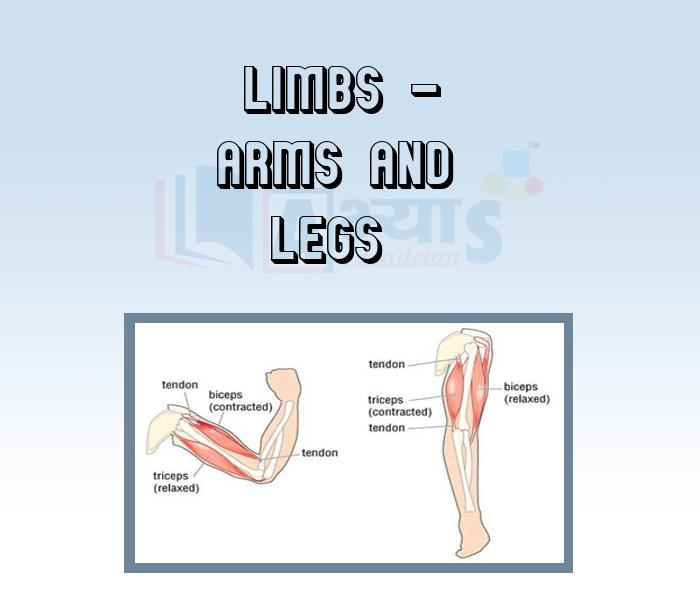
Explore Concepts (Click & View)
- Human Digestive System

- Alimentary Canal
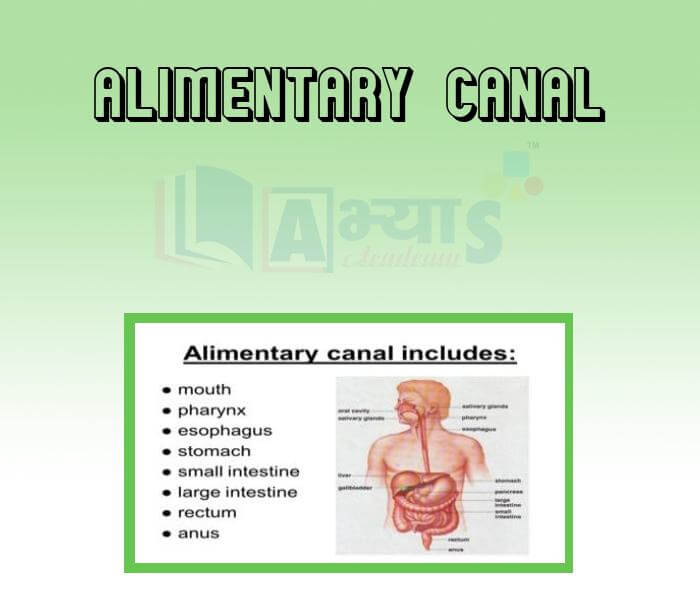
- Digestive Glands
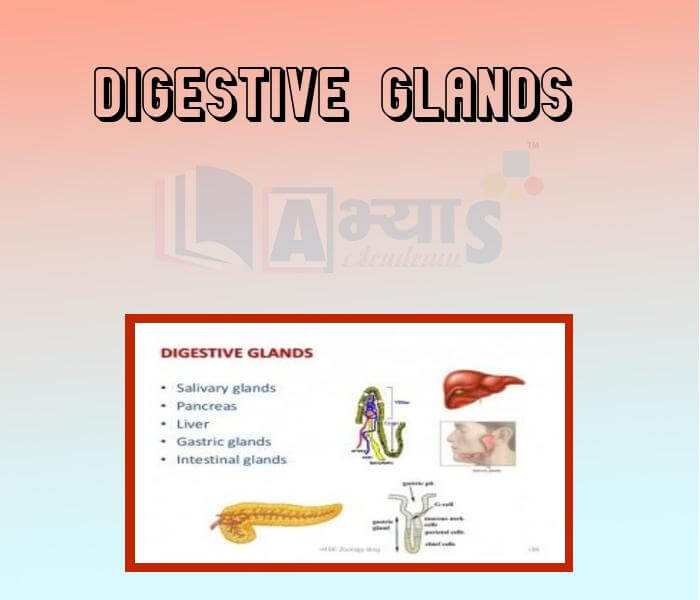
- Mouth Tongue Teeth and Tooth Decay
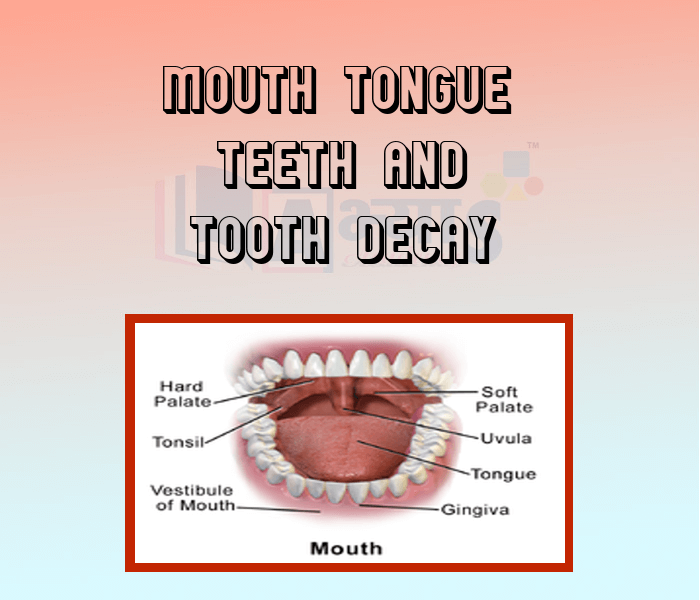
- Oesophagus
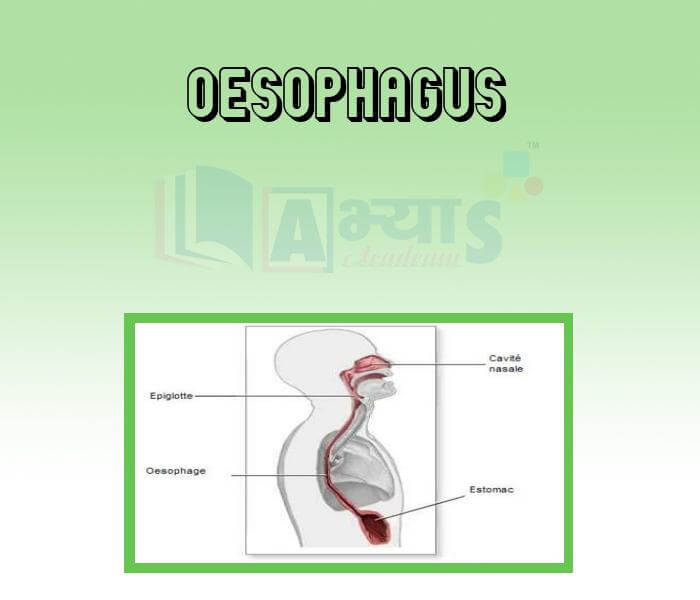
- Stomach
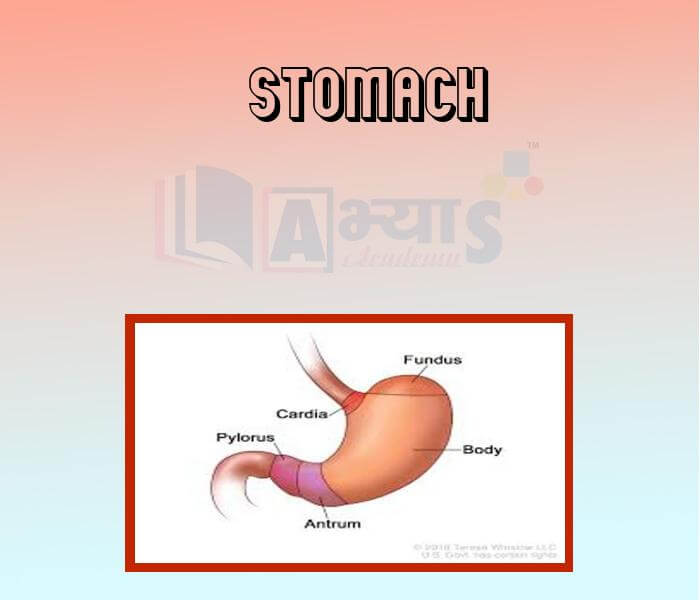
- Small Intestine
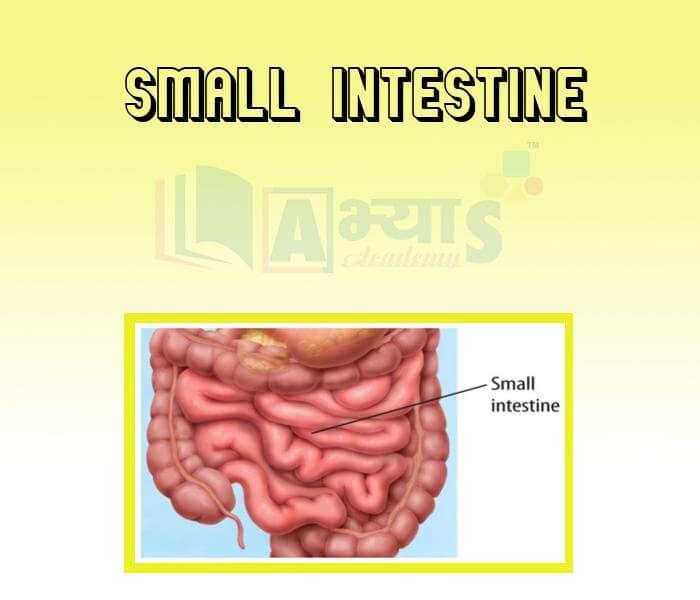
- Large Intestine
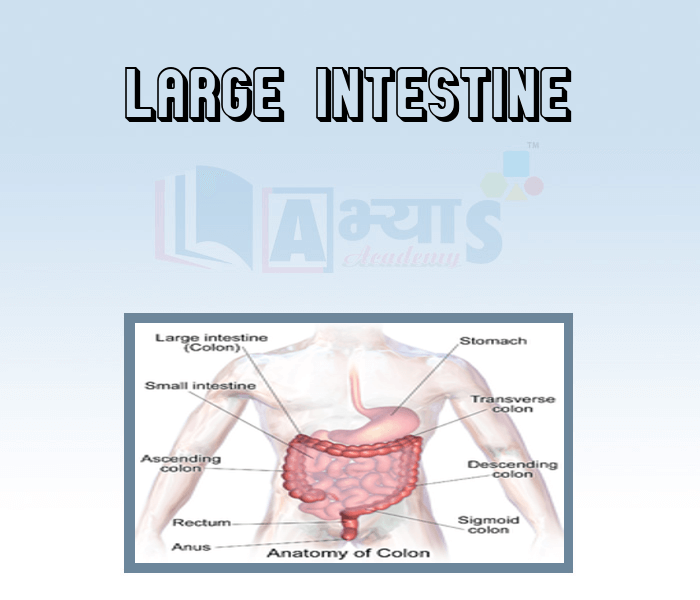
- Liver
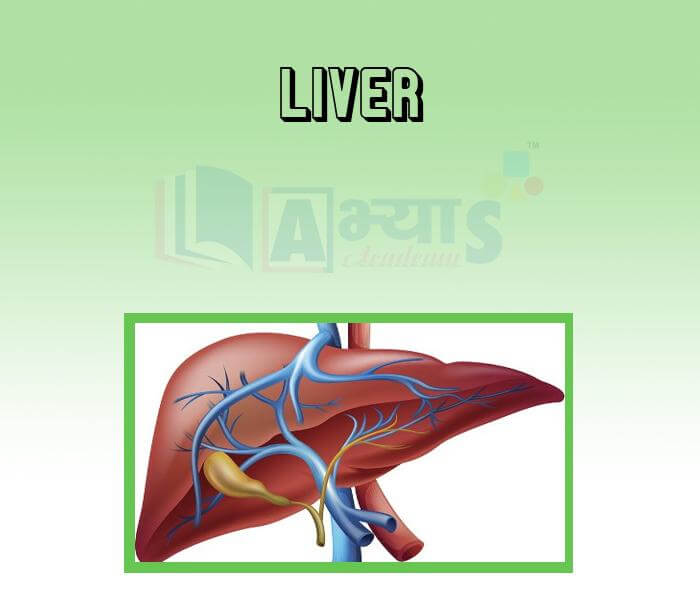
- Pancreas

- Mechanism of Food Digestion
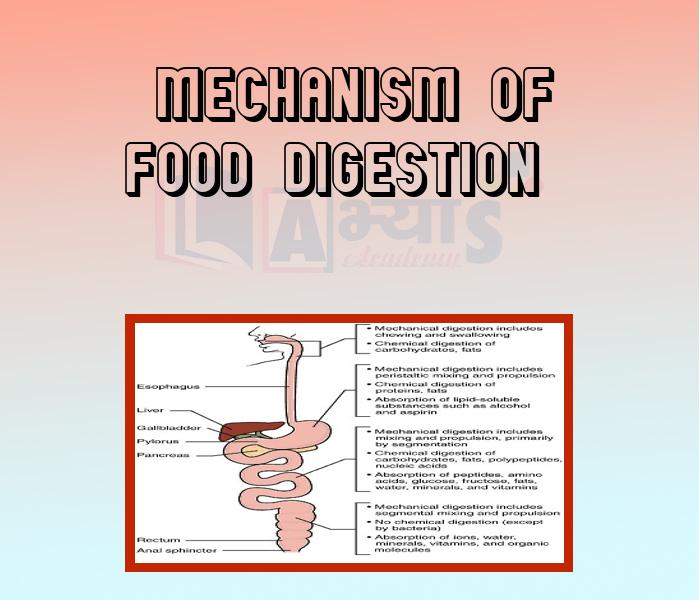
Explore Concepts (Click & View)
- Balanced Diet and Nutrients
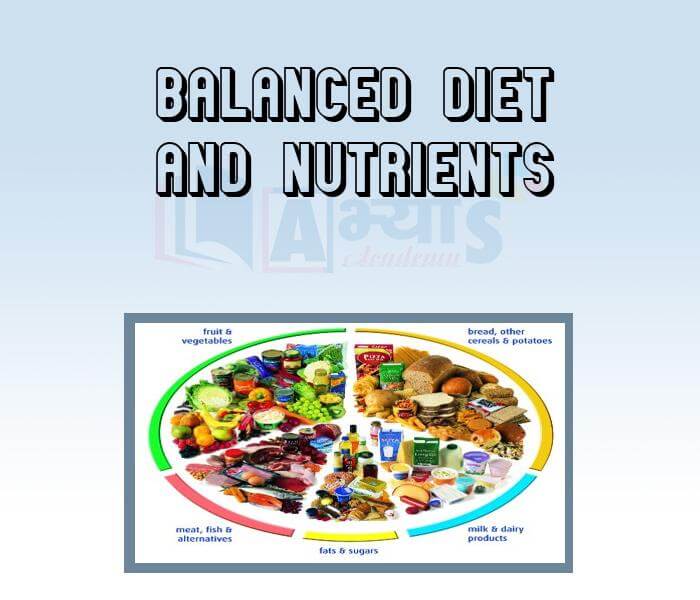
- Components of Food
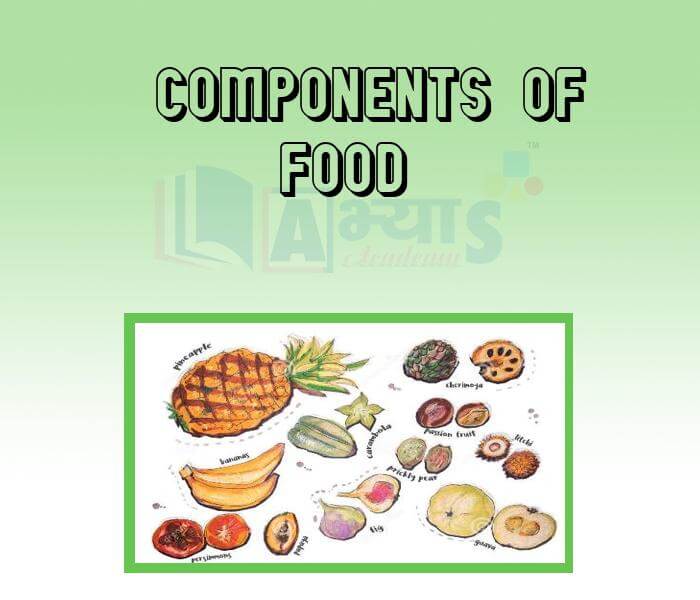
- Carbohydrates
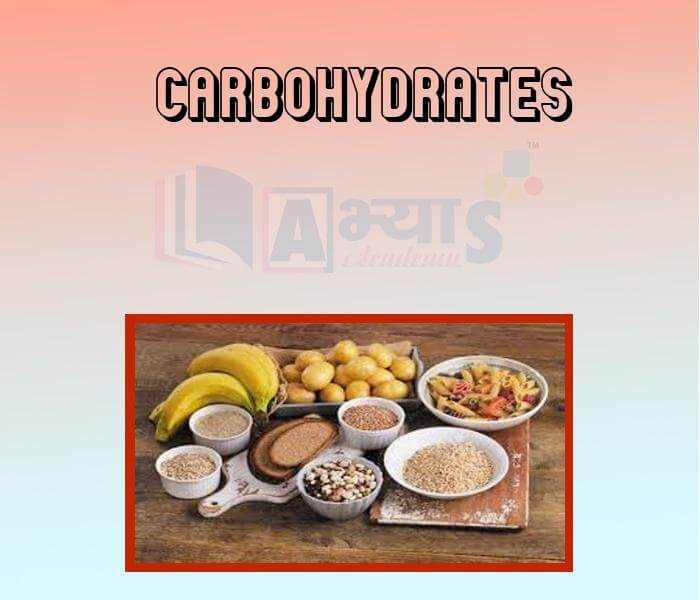
- Fats

- Proteins
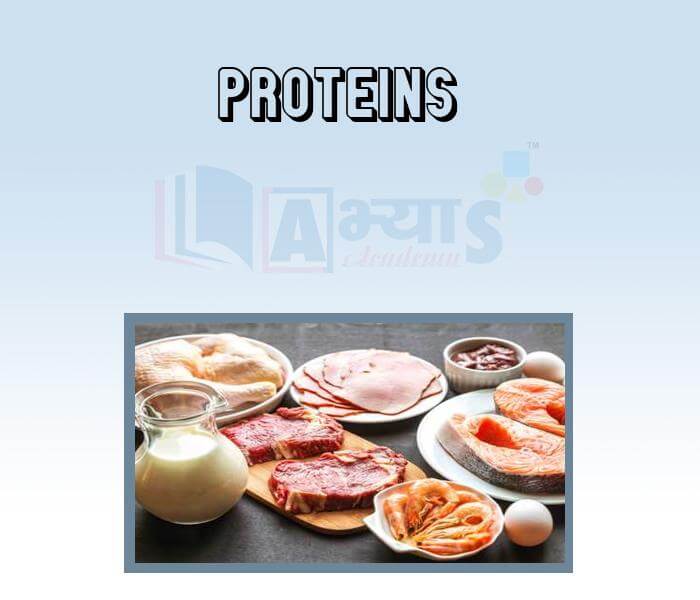
- Vitamins

- Minerals in Food

- Fibre and Roughage
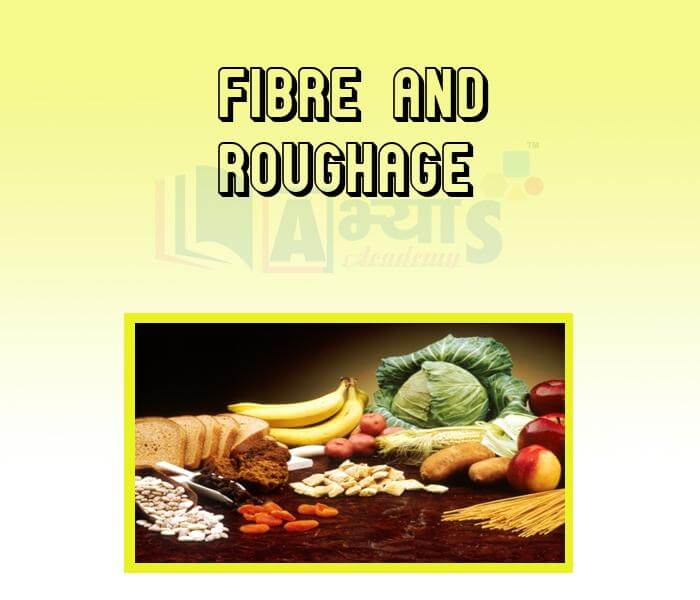
- Deficiency Diseases
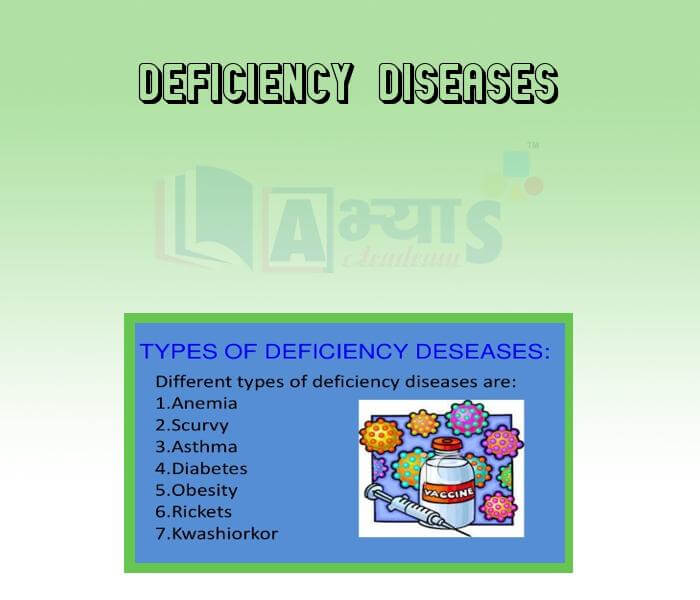
- Deficiency of Minerals

- Deficiency of Protein and Carbohydrates

- Deficiency of Vitamins
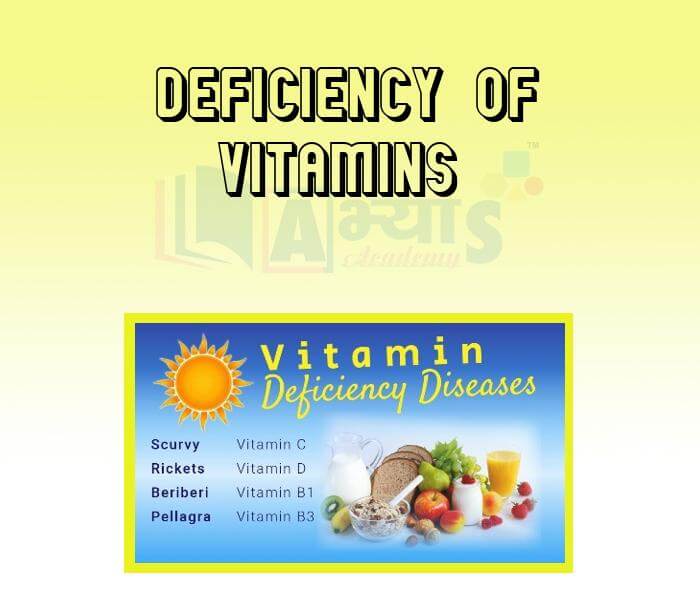
Explore Concepts (Click & View)
- Cell Theory

- Plant Cell and Animal Cell

- Cell Organelle

- Protoplasm
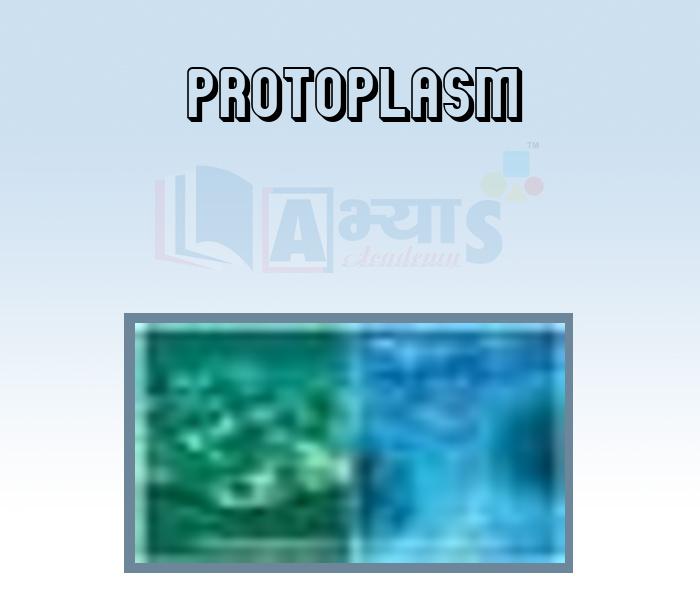
- Cytoplasm
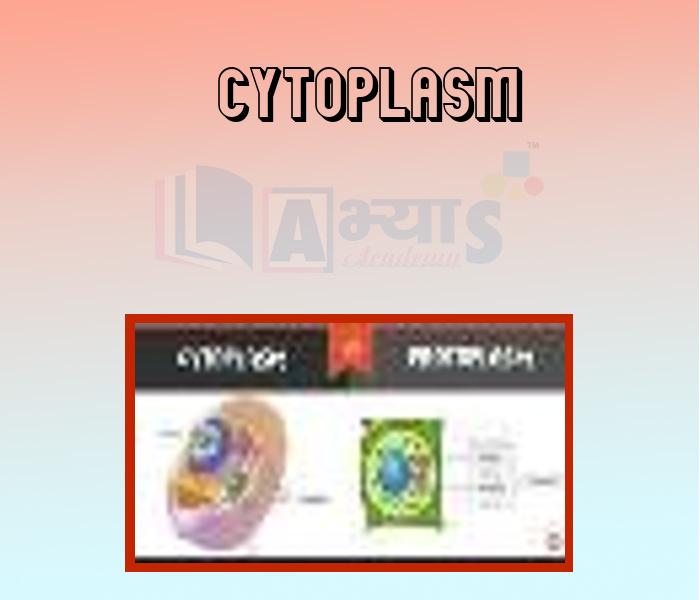
- Cell Wall

- Plasma Membrane or Cell Membrane
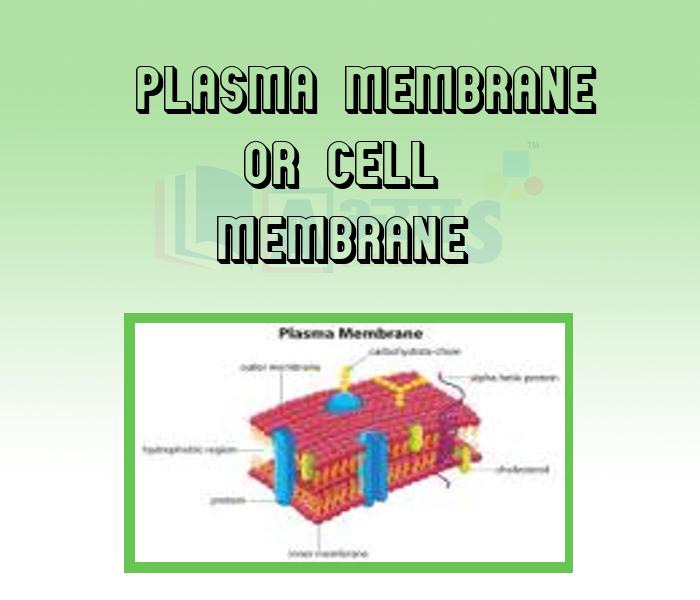
- Function of Nucleus
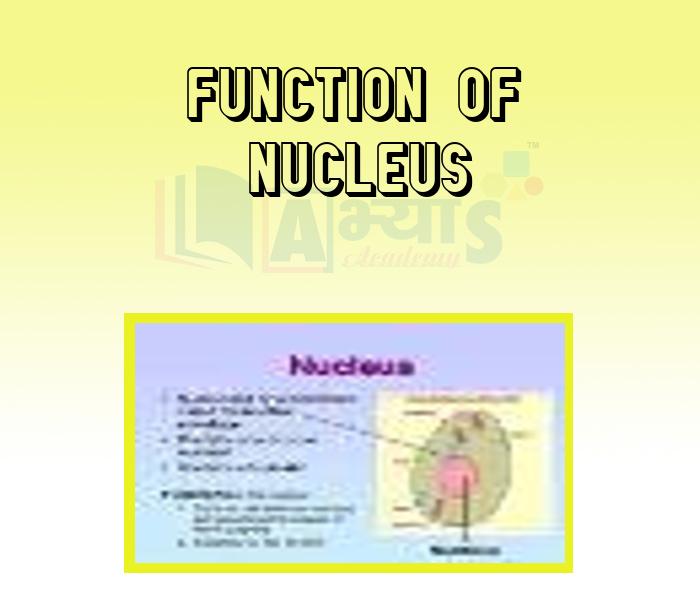
- Nucleolus

- Mitochondria
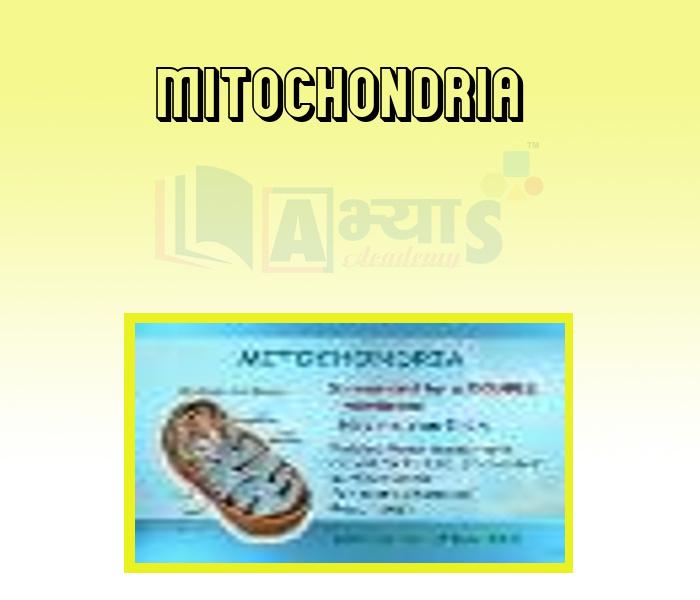
- Endoplasmic Reticulum
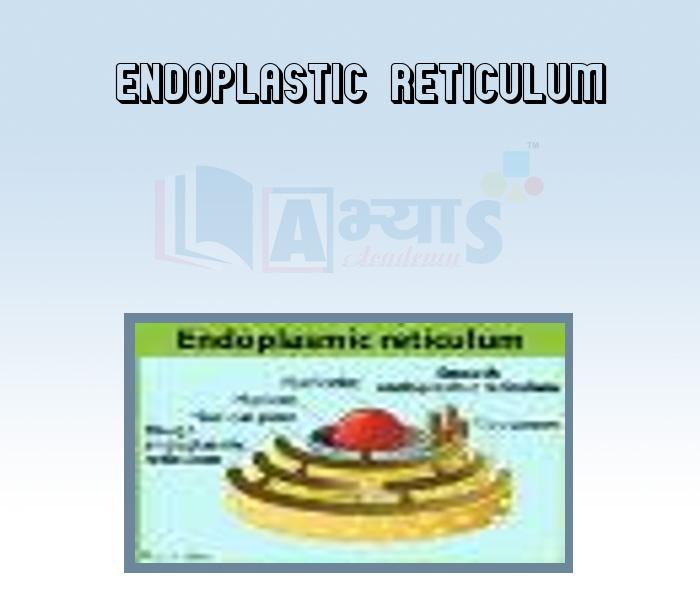
- Ribosomes
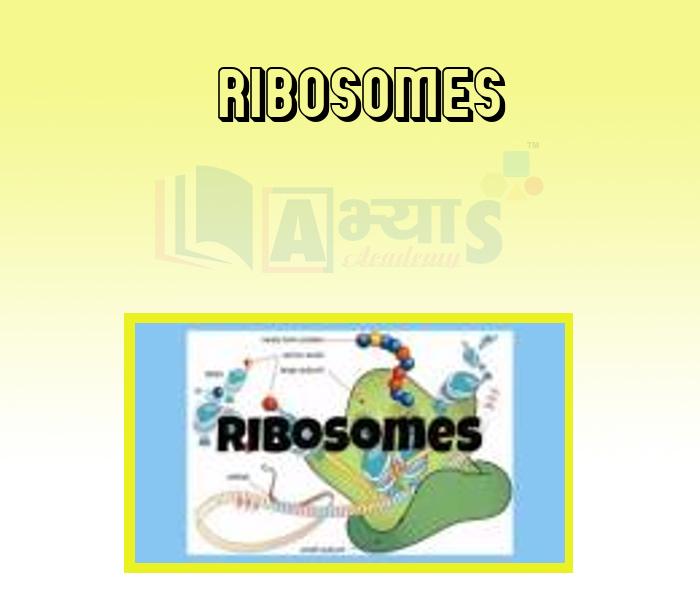
- Golgi body

- Plastids

- Lysosomes
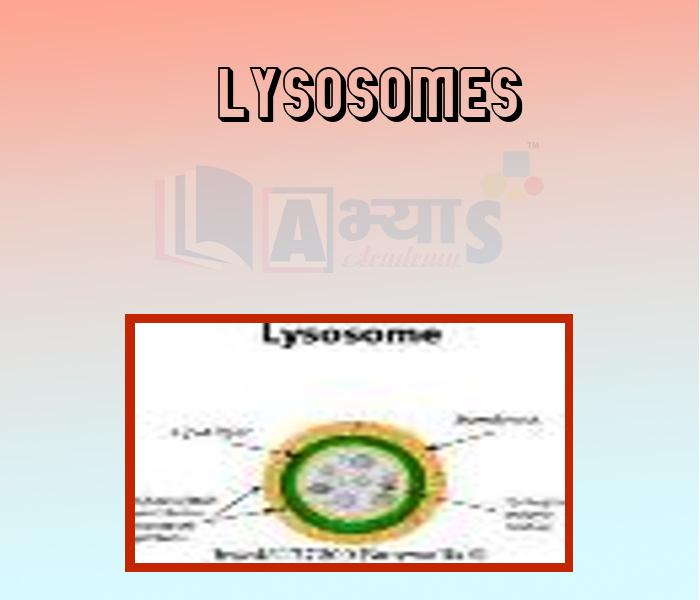
- Centrosome and Centrioles
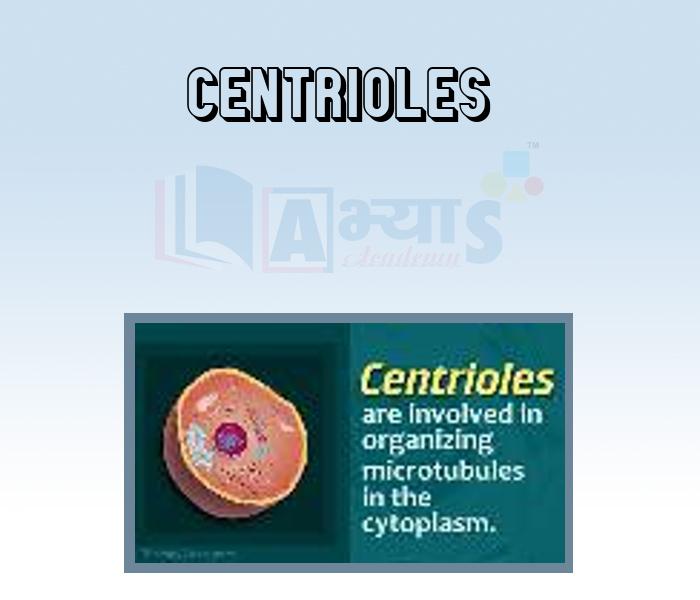
- Vacuoles
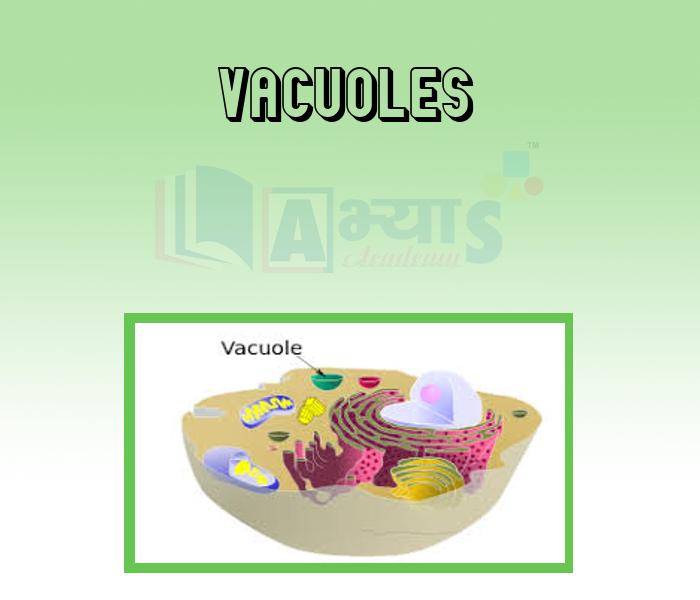
- Difference between Prokaryotic and Eukaryotic Cells
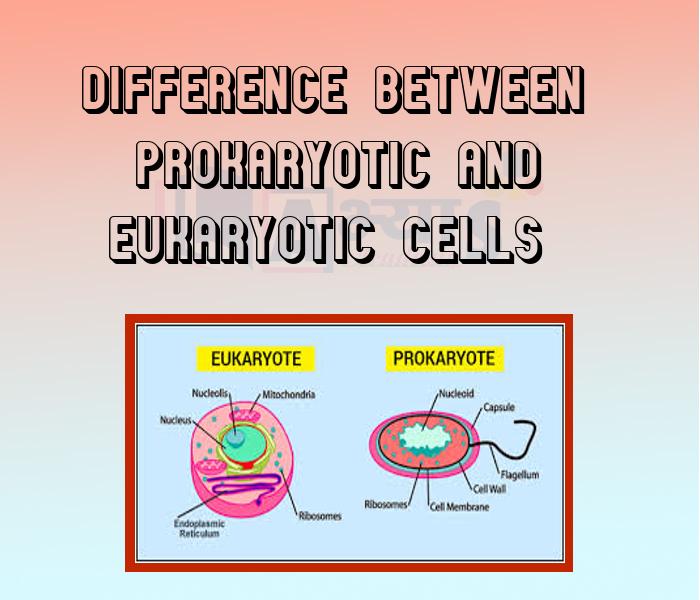
Explore Concepts (Click & View)
- Good Health

- Personal Hygiene
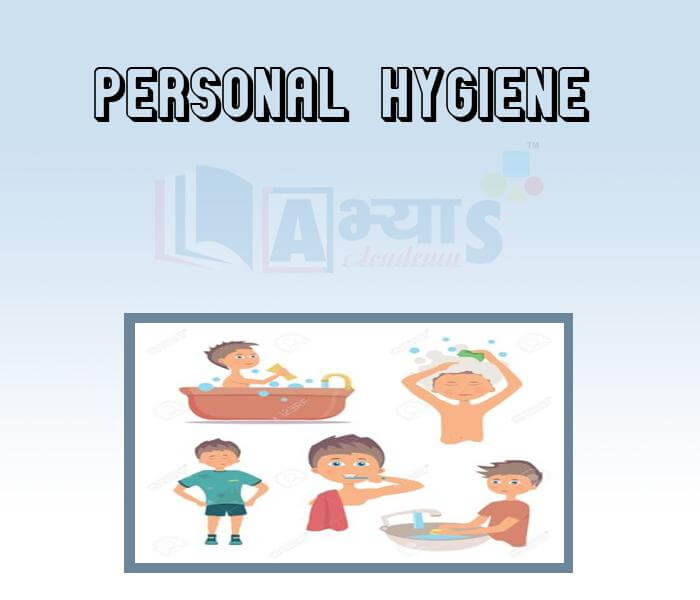
- Clean Surroundings

- Exercise and Relaxation

- Spreading of Communicable Disease
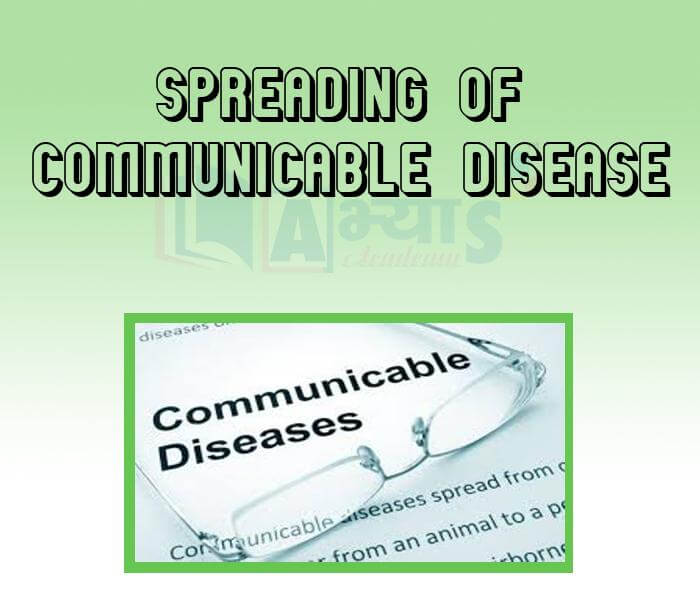
- Spreading of Communicable Disease Through Food and Water
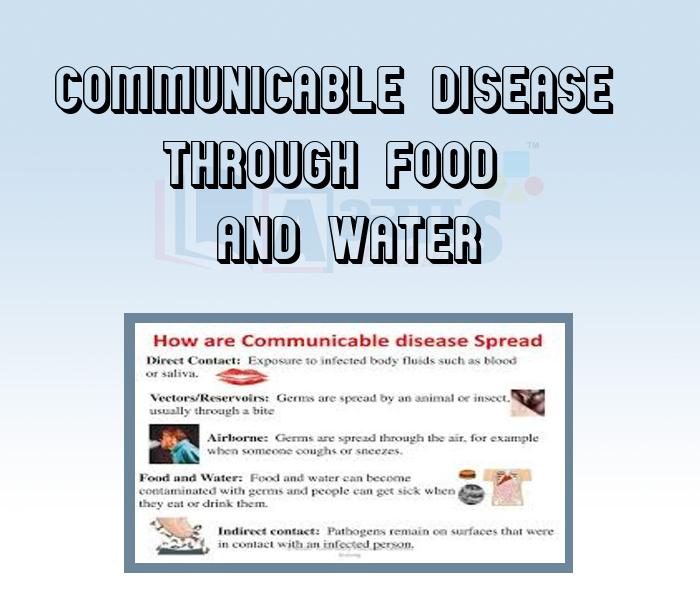
- Spreading of Communicable Disease Through Air

- Spreading of Communicable Disease Through Body Fluids

- Spreading of Communicable Disease Through Contact

- Spreading of Communicable Disease Through Vectors
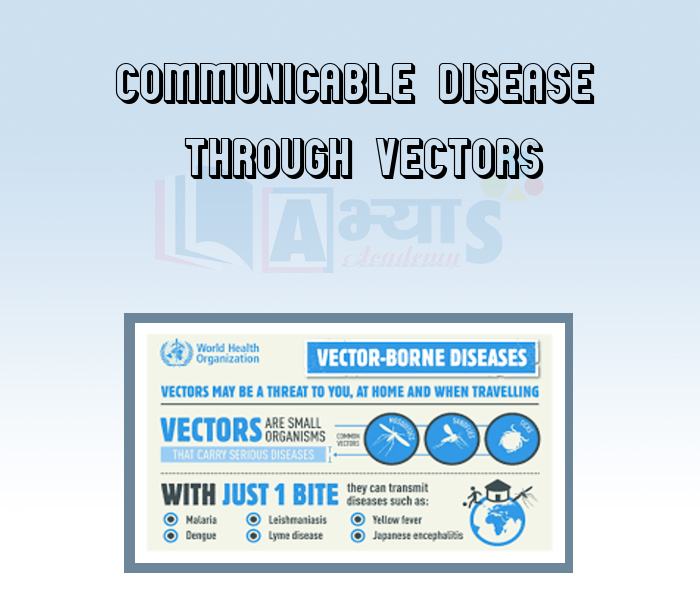
Explore Concepts (Click & View)
- Phylum Porifera
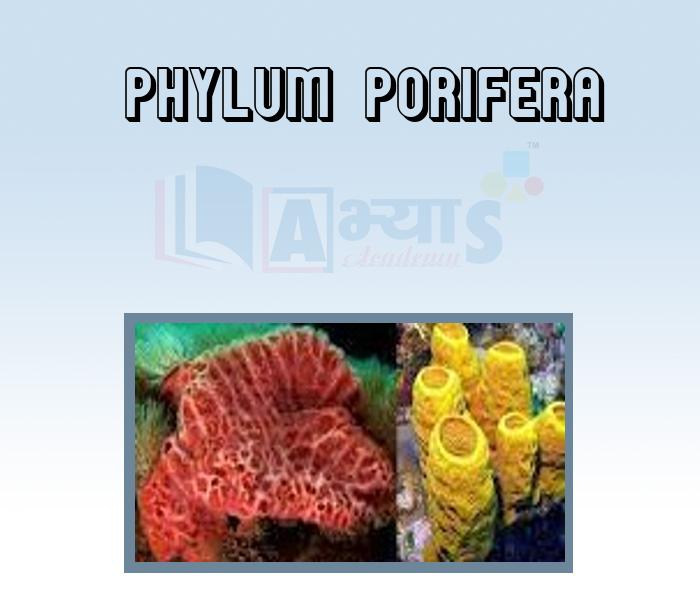
- Phylum Cnidaria Coelenterata
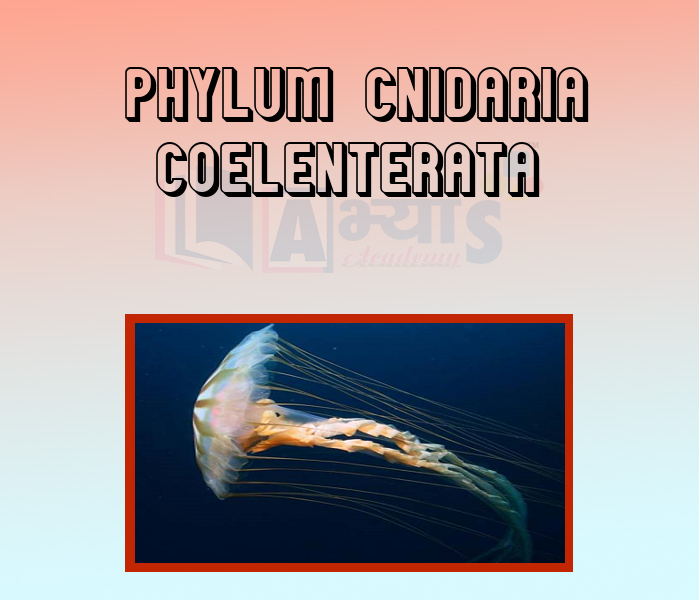
- Phylum Platyhelminthes
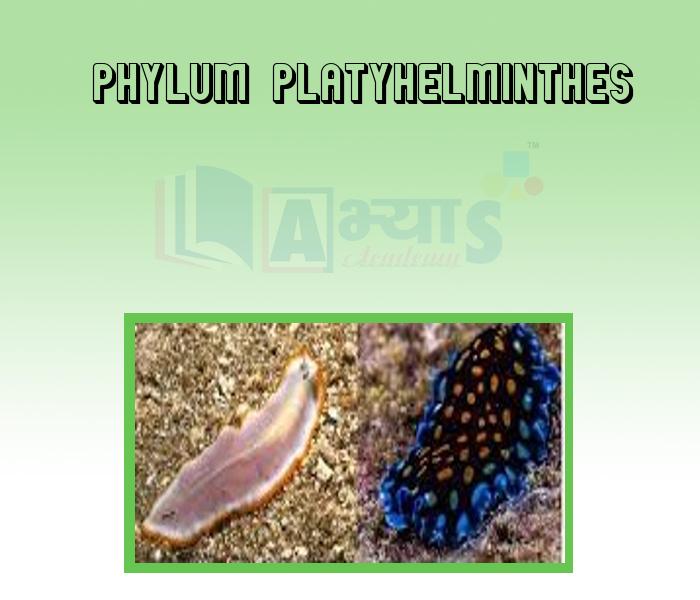
- Phylum Aschelminthes- Nematoda -
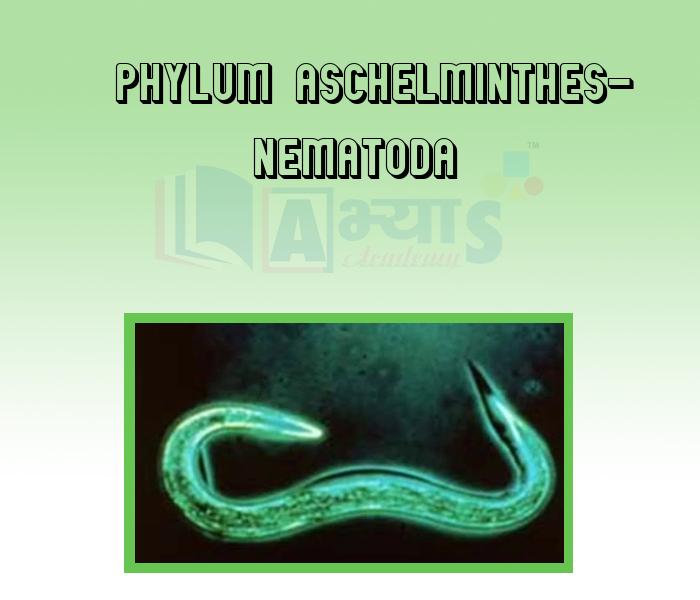
- Phylum Annelida

- Phylum Arthropoda
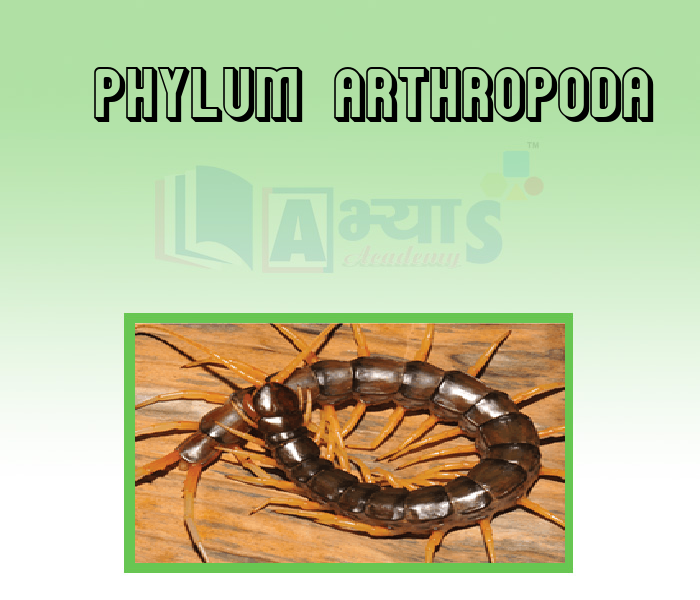
- Phylum Echinodermata -
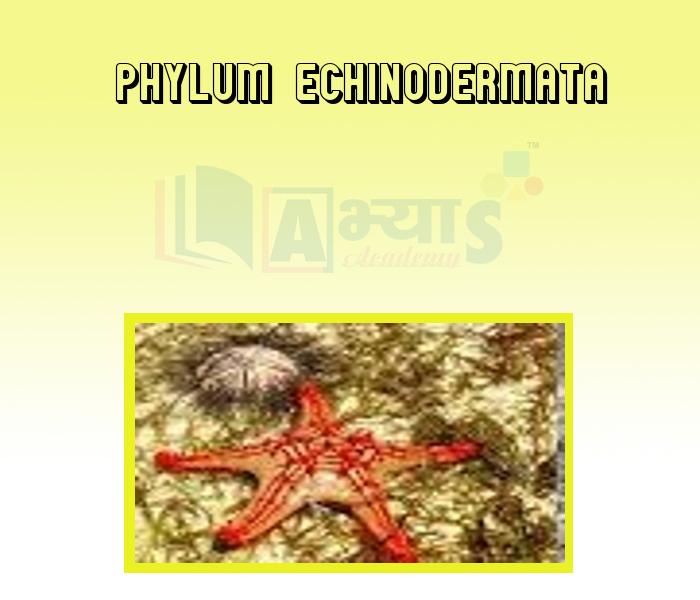
- Phylum Chordata
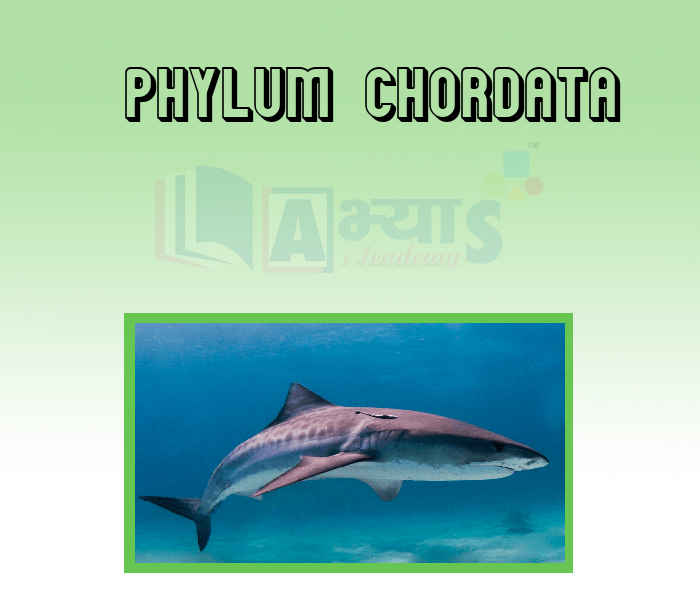
- Class Chondrichthyes
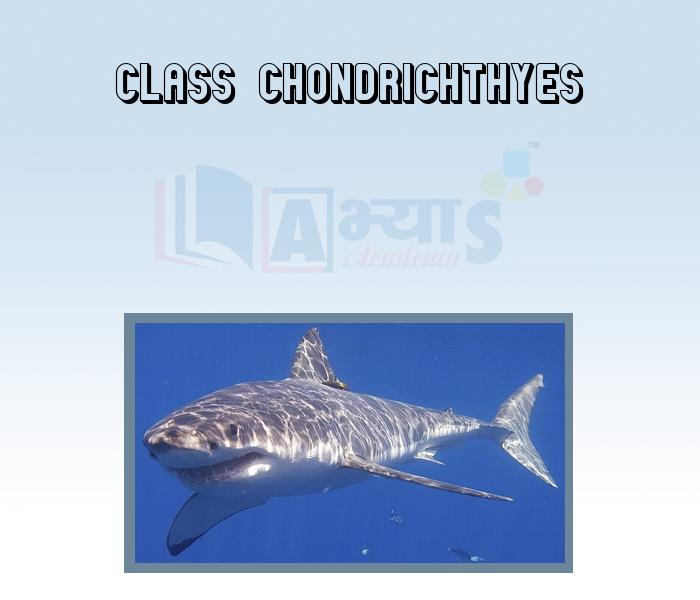
- Class Osteichthyes -

- Class Amphibia
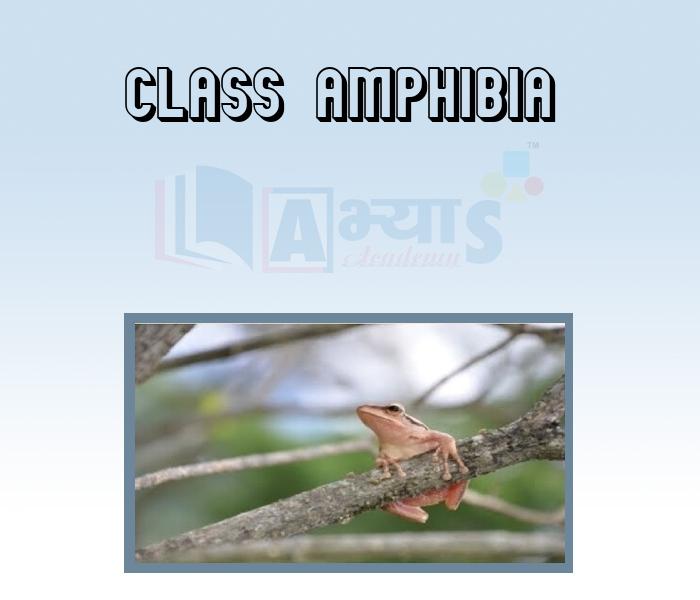
- Class Reptilia
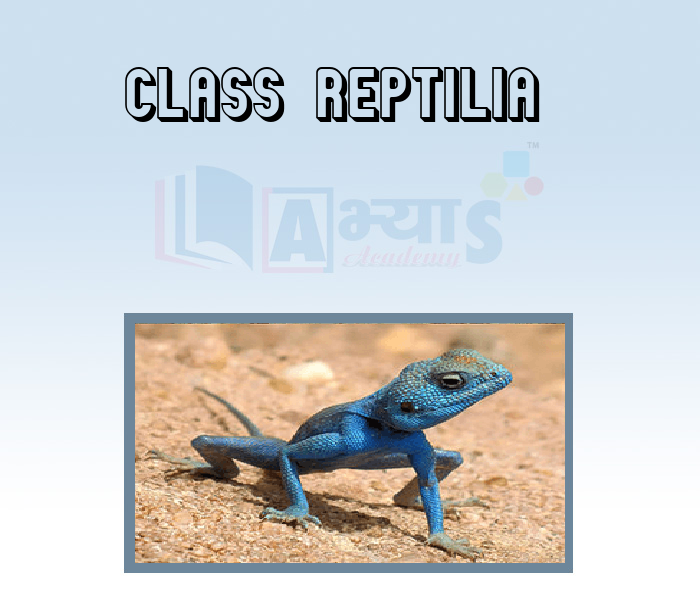
- Class Aves
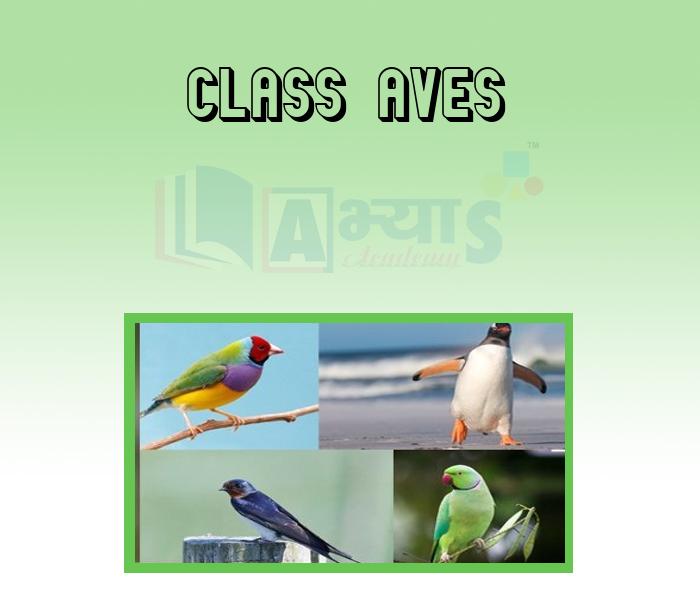
- Class Mammalia
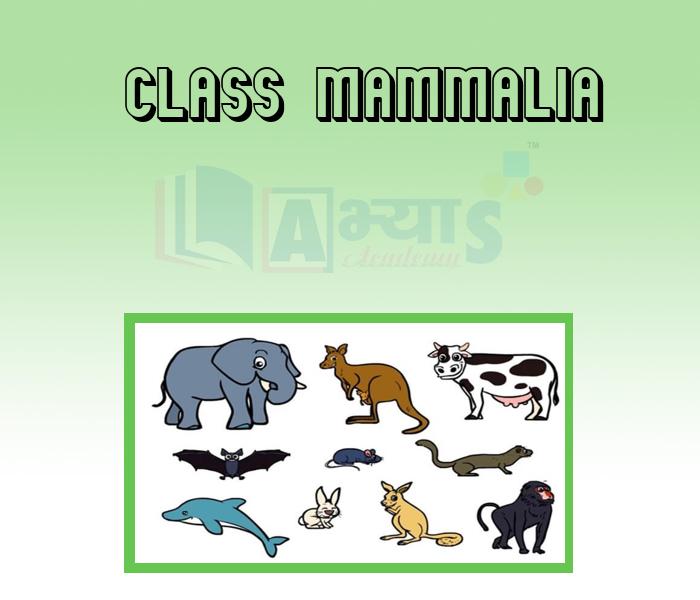
Explore Concepts (Click & View)
- Systems of Classification and Evolution
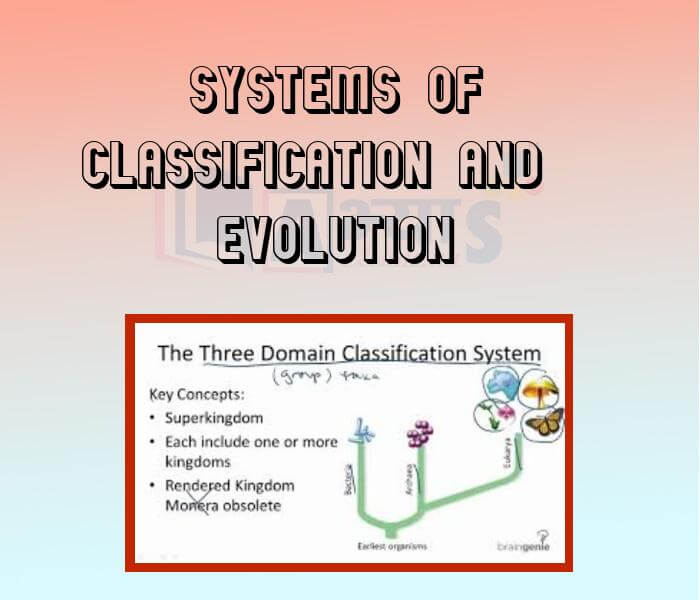
- Monera
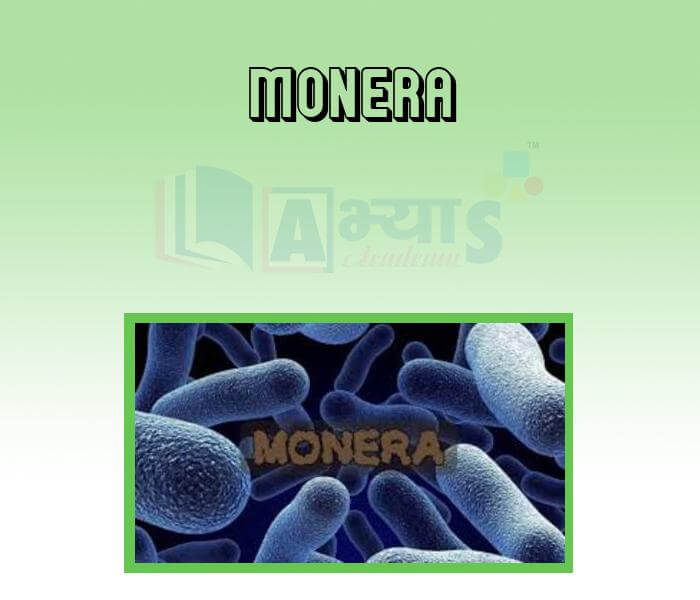
- Protista
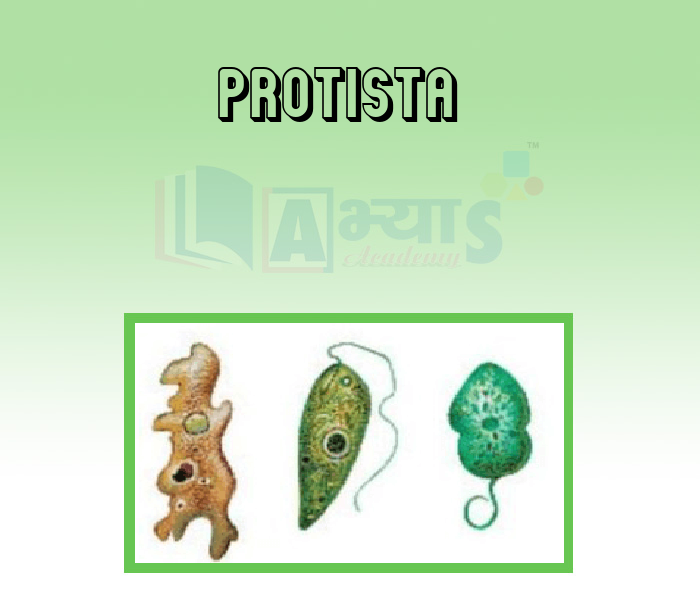
- Fungi
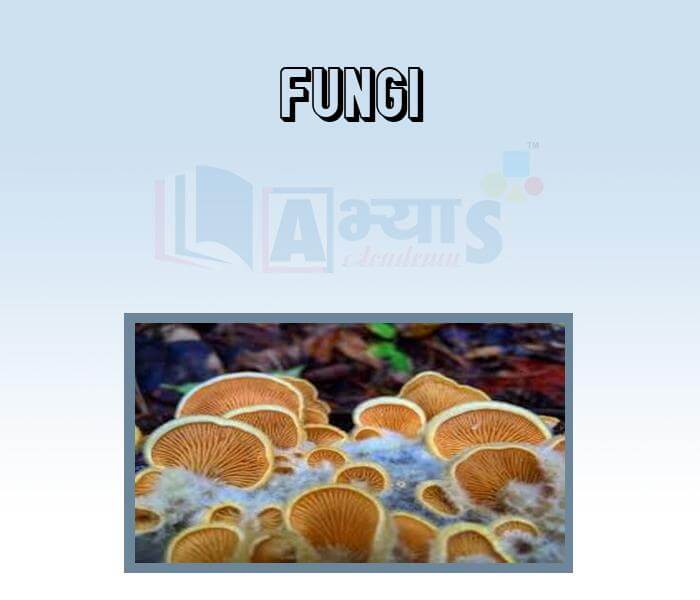
- Plantae
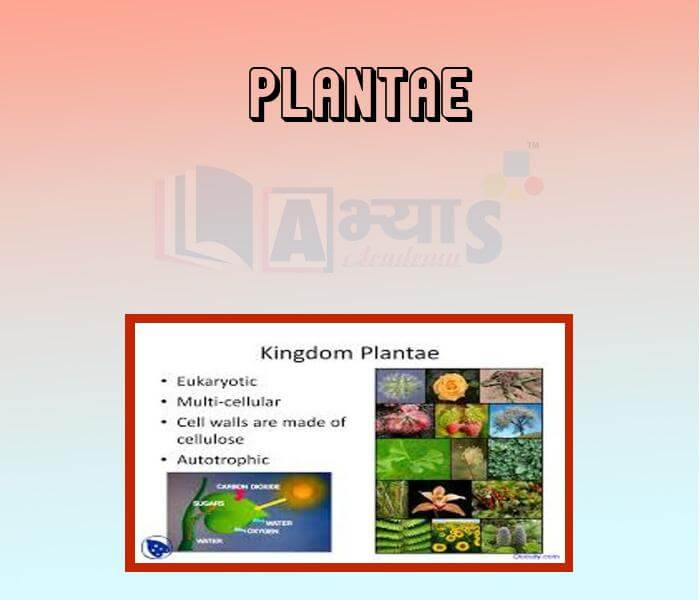
- Animalia

- Thallophyta

- Bryophyta

- Pteridophyta
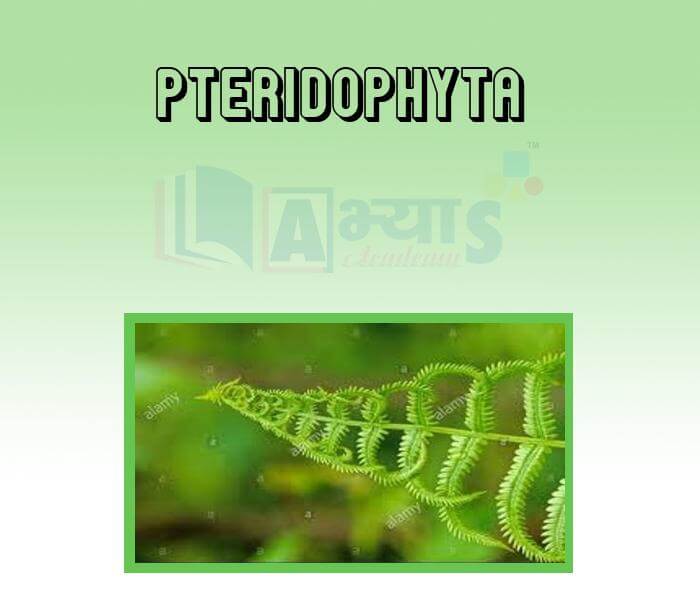
- Gymnosperms
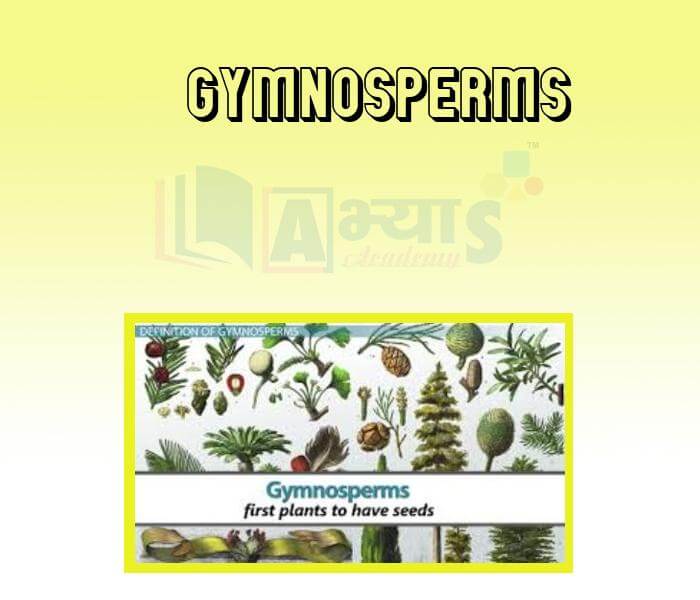
- Angiosperms
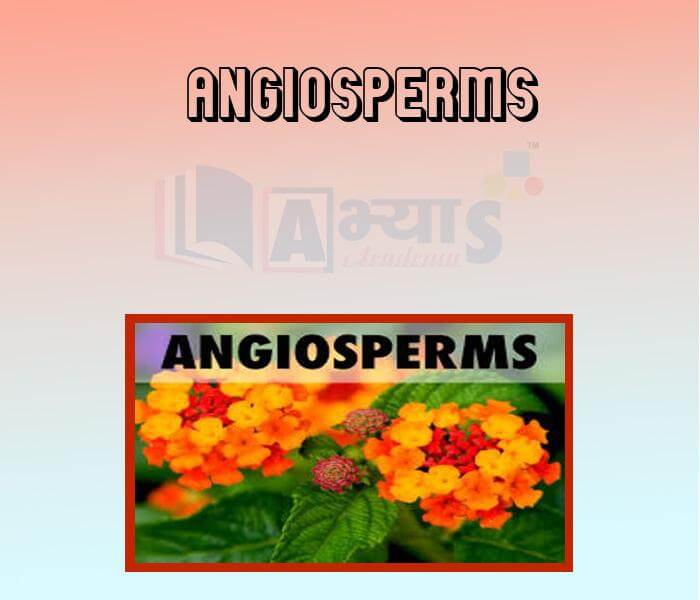
Explore Concepts (Click & View)
- Structure of Seed

- Germination of Seed
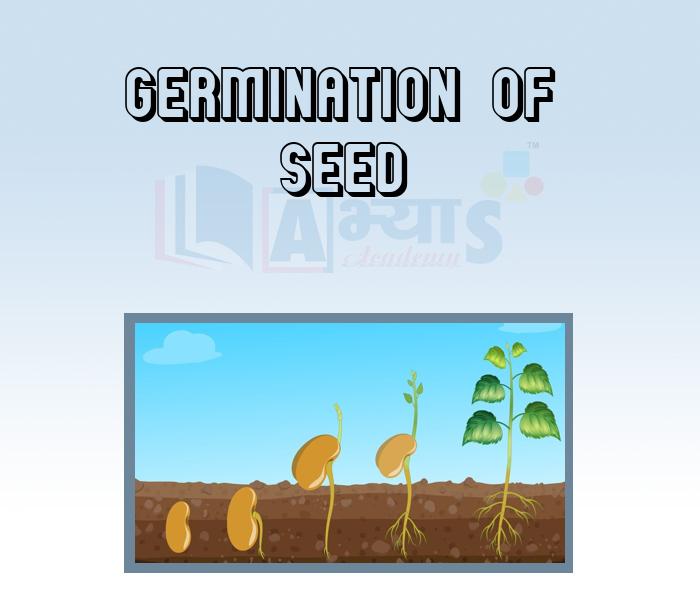
- Beans And Maize Seed

- Monocotyledons and Dicotyledons

- Types of Germination
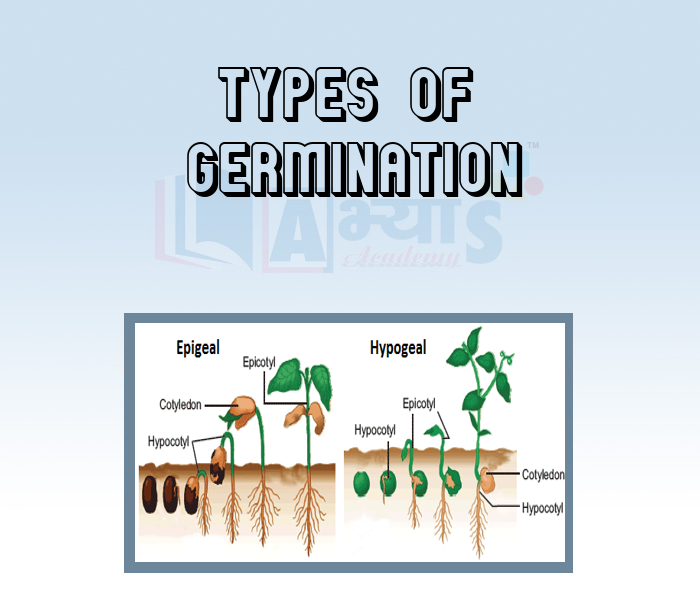
- Conditions For Seed Germination

- Seed Dispersal
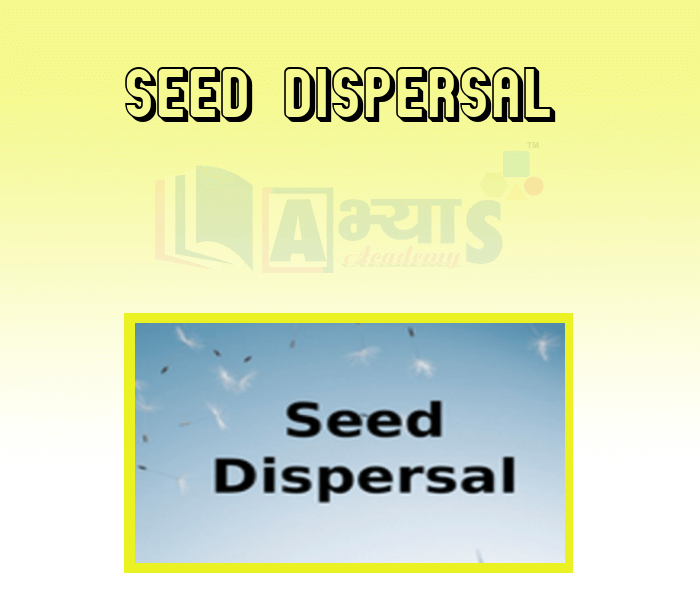
Explore Concepts (Click & View)
- Parts of Flower
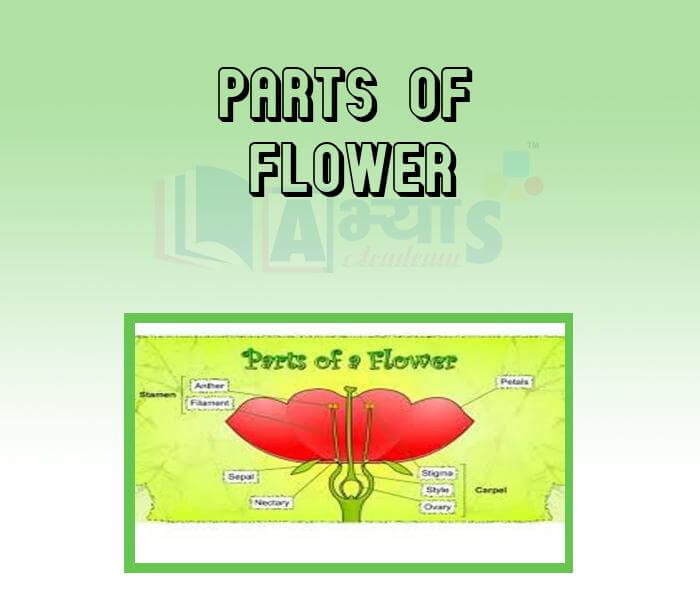
- Inflorescence
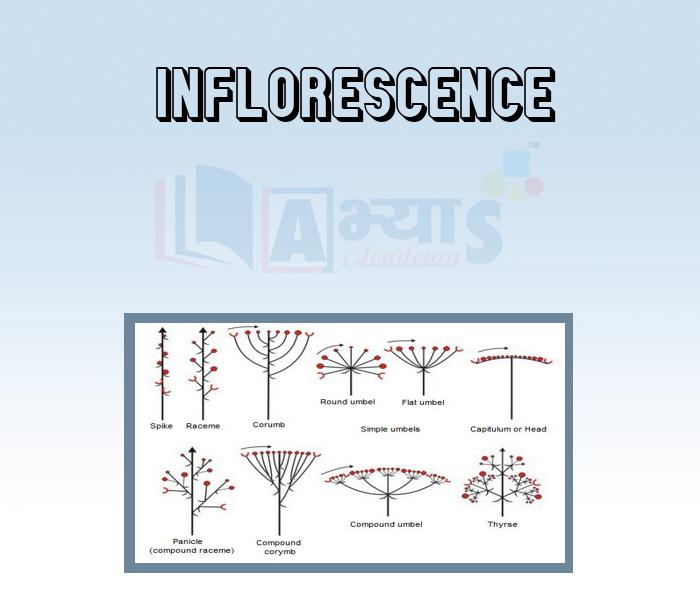
- Placentation
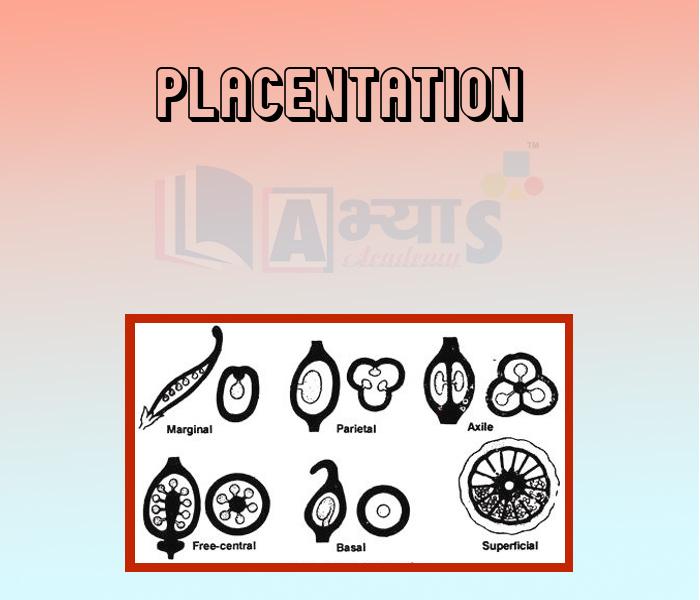
- Pollination
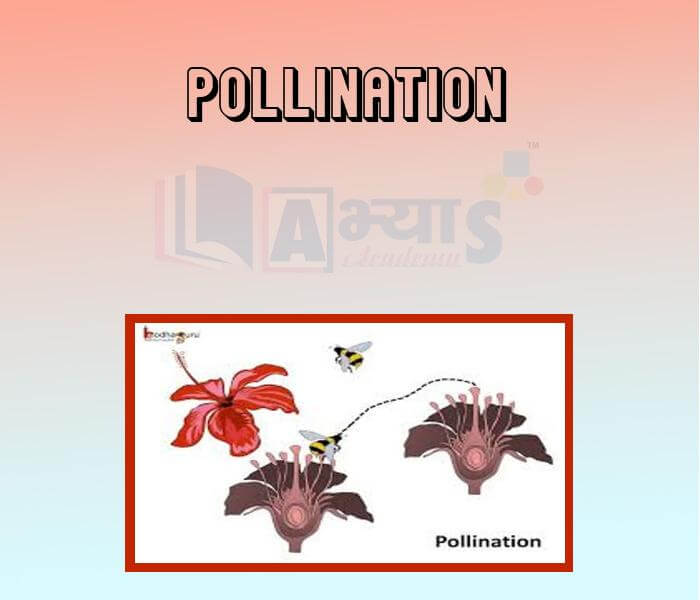
- Fertilization
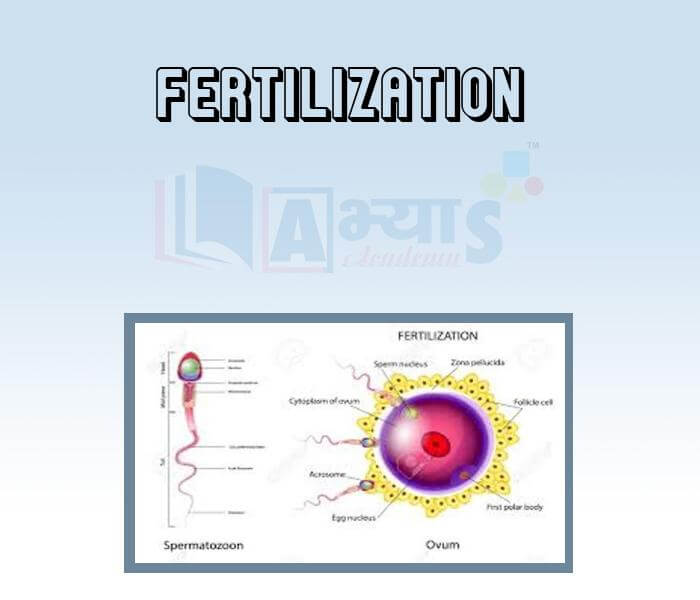
- Double Fertilisation and Triple Fussion
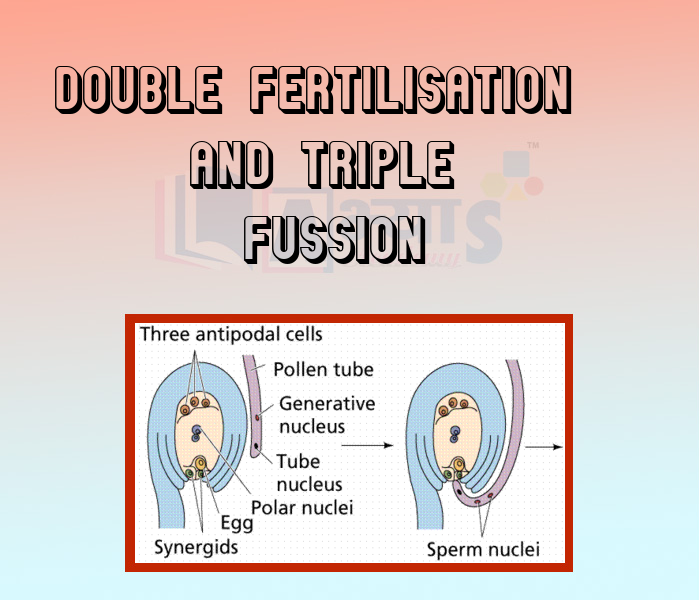
- Flower Fruit and Seed
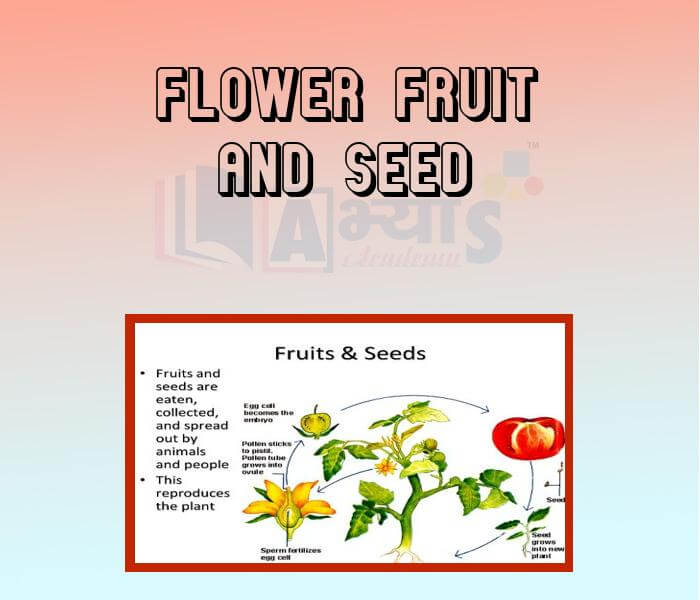
Explore Concepts (Click & View)
- Epithelial tissue

- Connective tissue

- Skeletal Connective Tissue
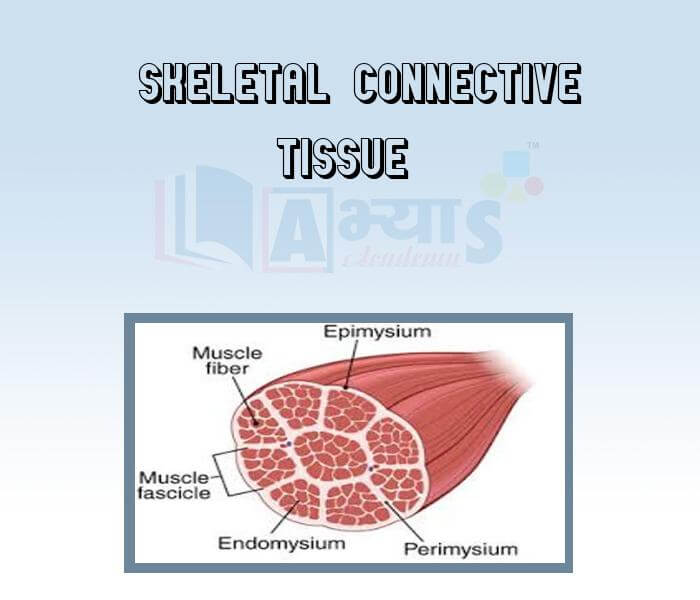
- Fluid Connective Tissue
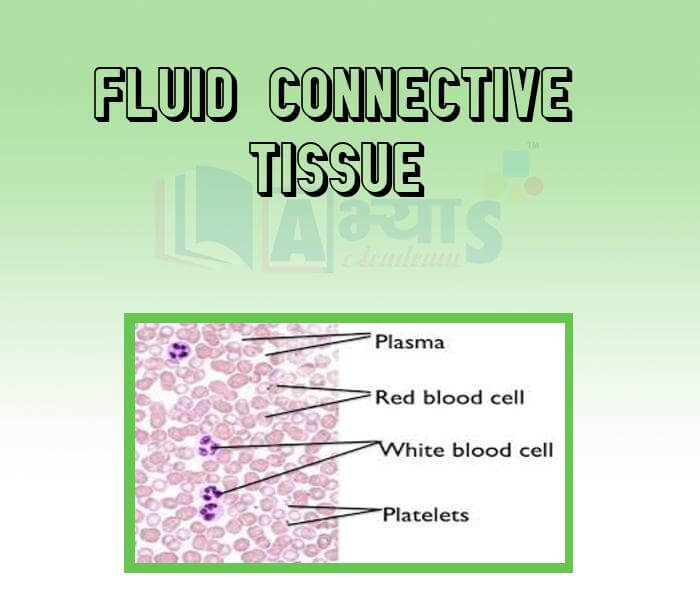
- Blood as Fluid Connective Tissue

- Lymph as Fluid Connective Tissue
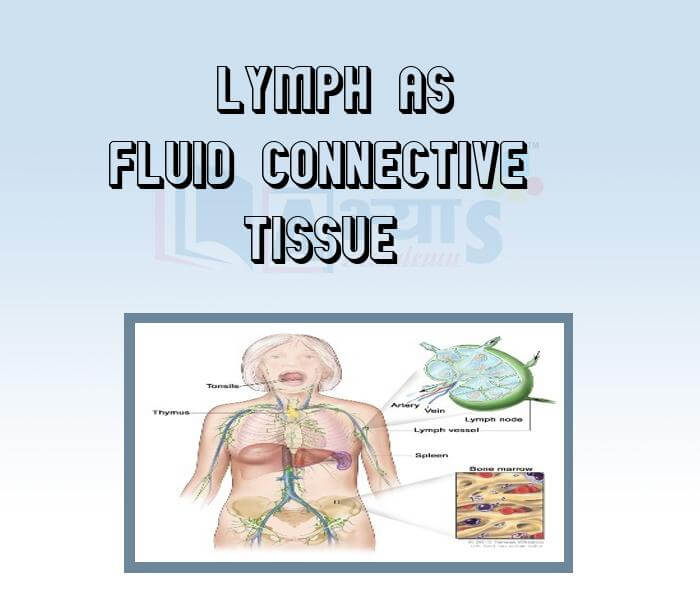
- Muscular tissue -
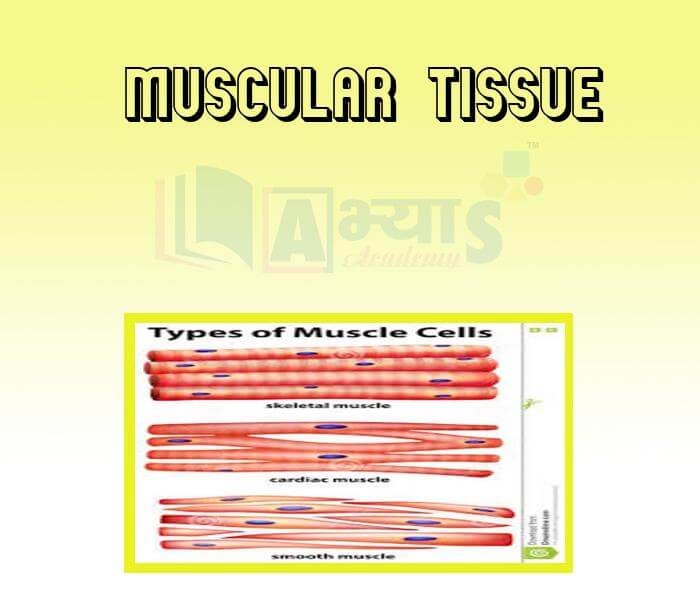
- Cardiac Muscles
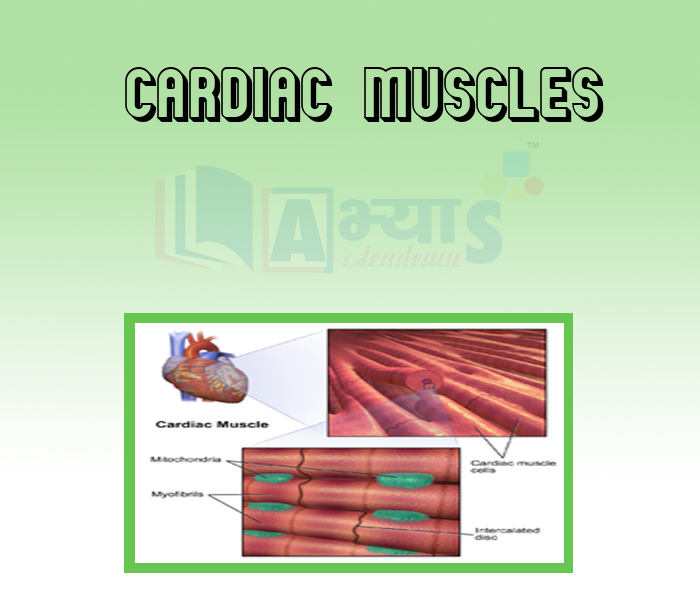
- Nervous tissue
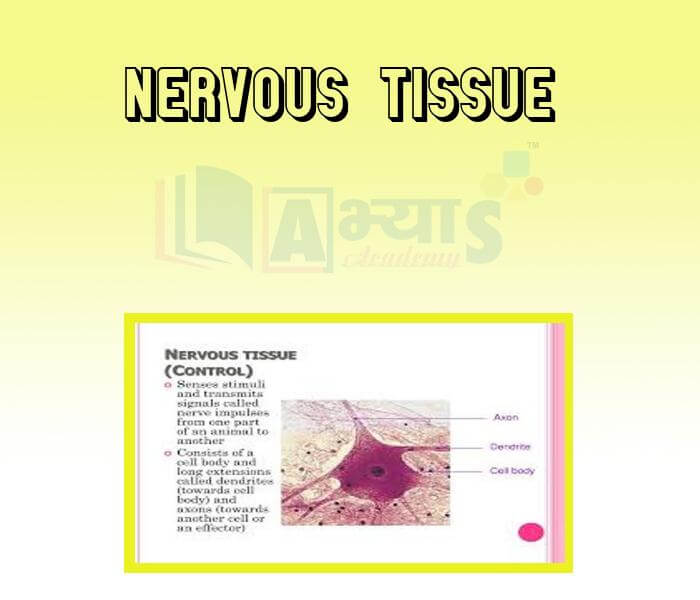
Explore Concepts (Click & View)
- Unicellular and Multicellular
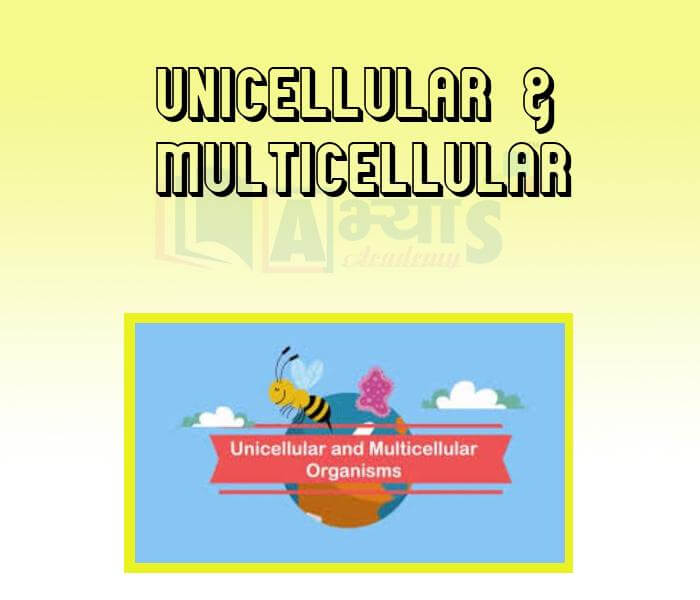
- Organization of the animal body

- Meristematic Tissue
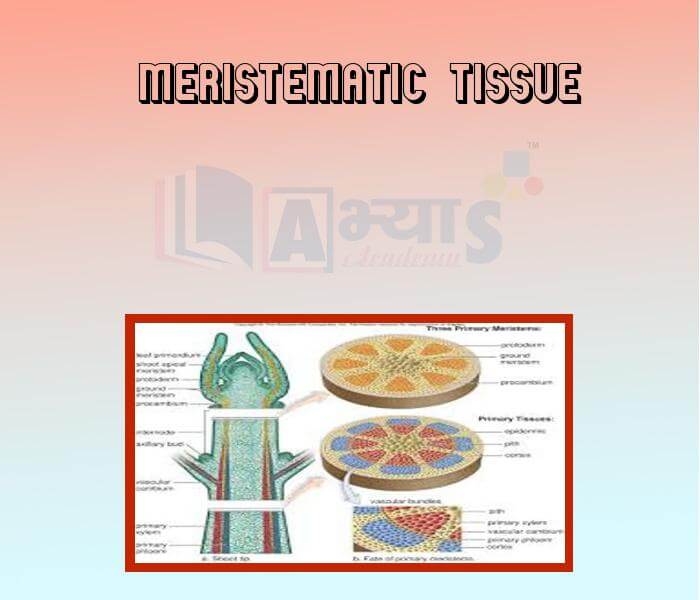
- Permanent Tissue

- Parenchyma -

- Collenchyma
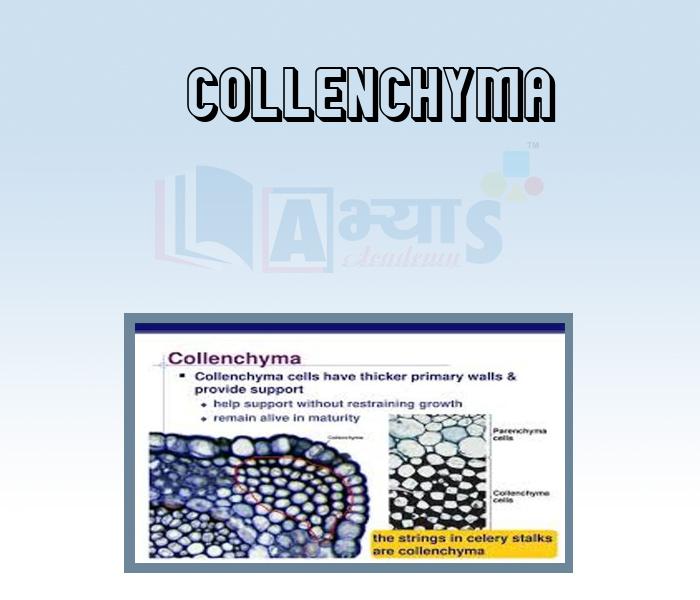
- Sclerenchyma
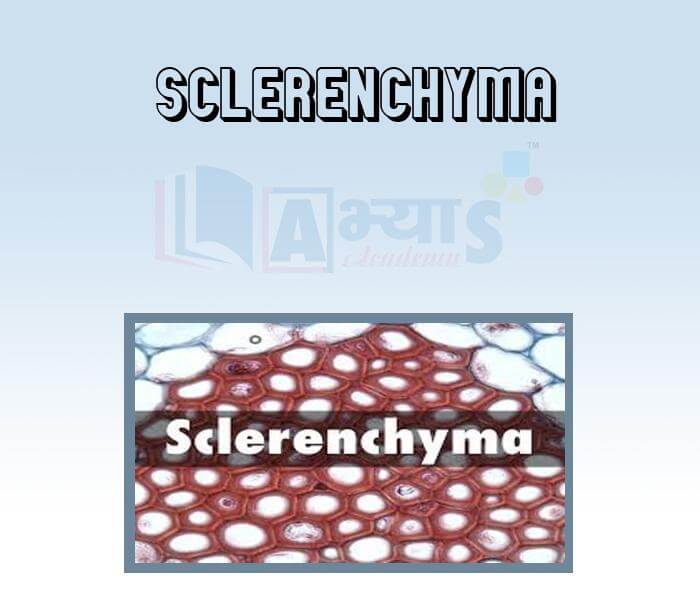
- Epidermis
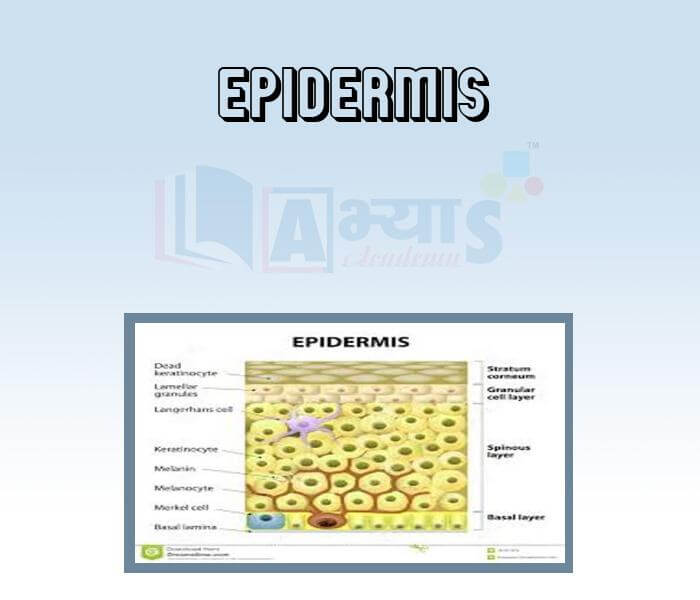
- Xylem -
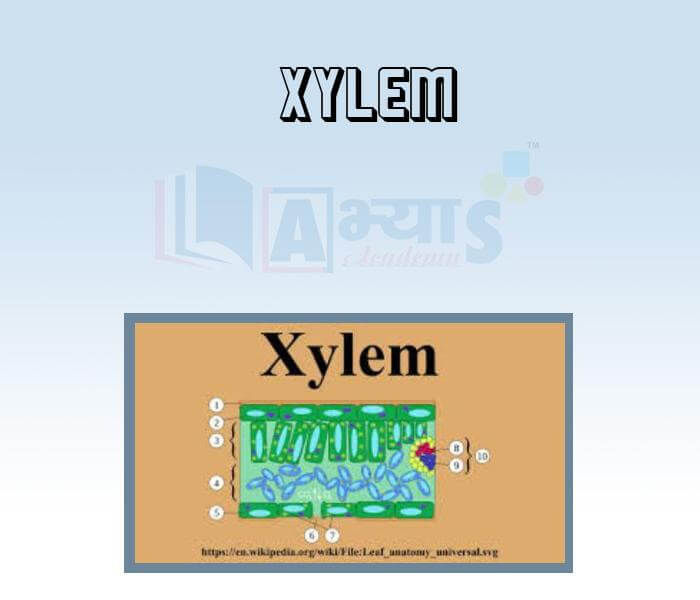
- Phloem
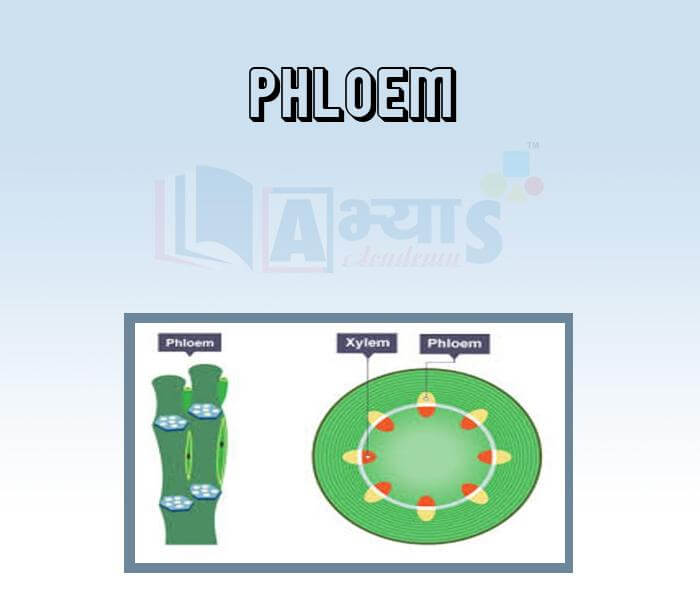
- Special Tissues
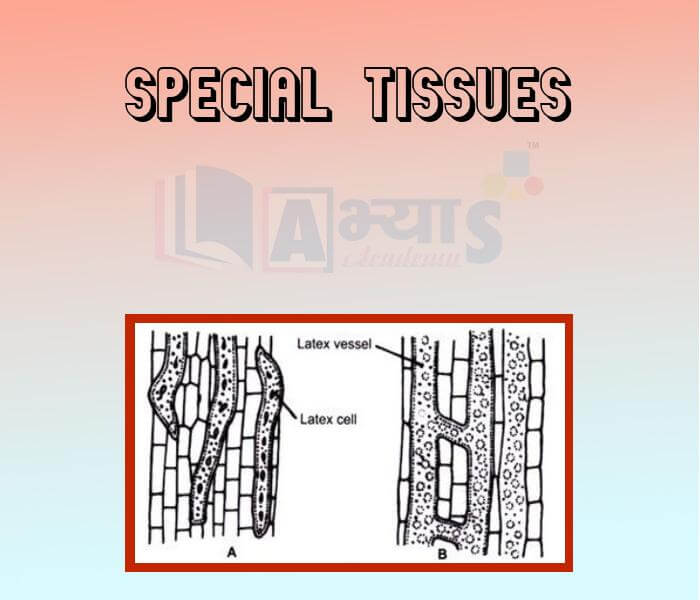
Explore Concepts (Click & View)
- Aerobic Respiration
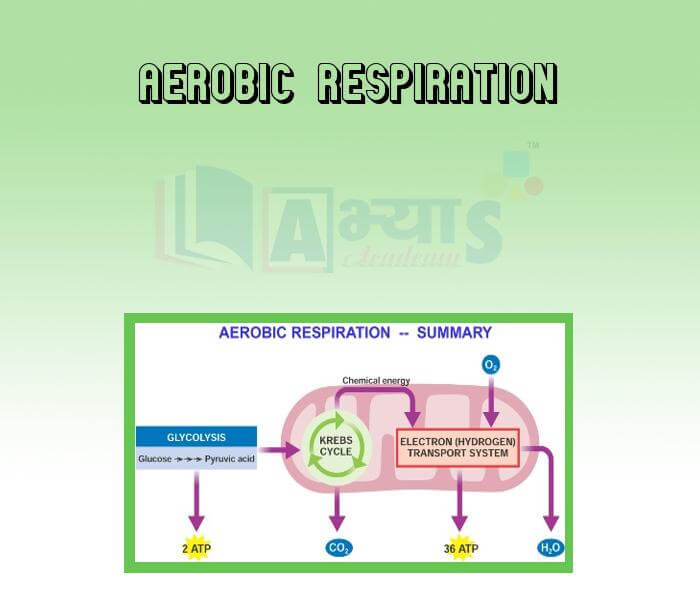
- Difference between Aerobic and Anaerobic Respiration
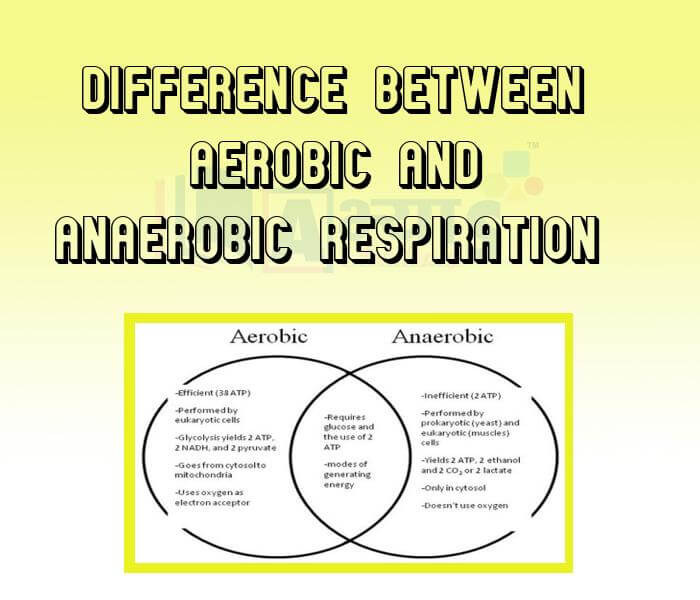
- Gaseous Exchange In Plants
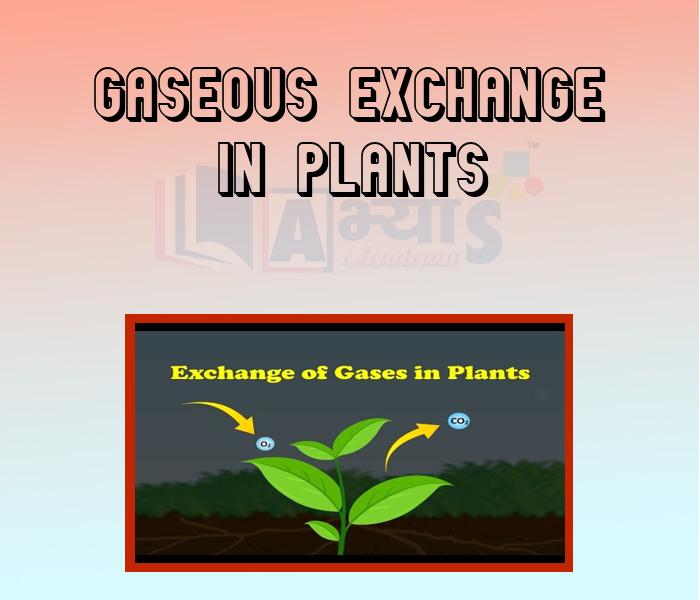
- Anaerobic Respiration in Plants
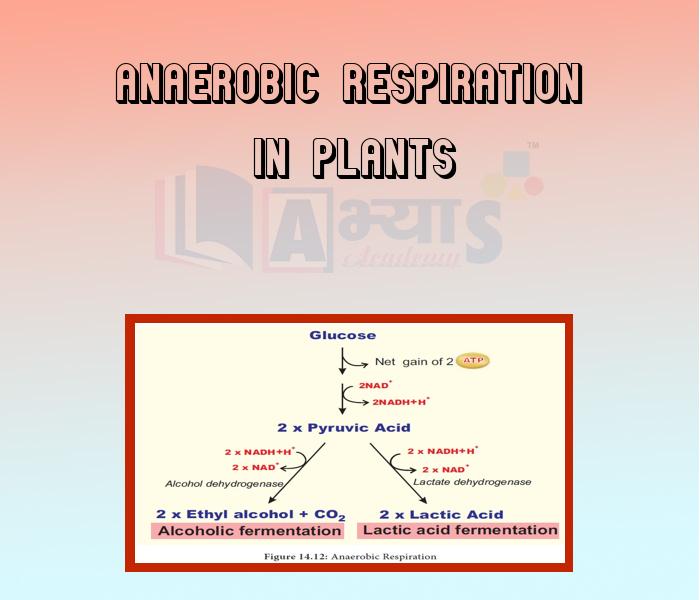
Students / Parents Reviews [20]
Abhyas is an institute of high repute. Yogansh has taken admission last year. It creates abilities in child to prepare for competitive exams. Students are motivated by living prizes on basis of performance in Abhyas exams. He is satisfied with institute.

Yogansh Nyasi
7thIt was good as the experience because as we had come here we had been improved in a such envirnment created here.Extra is taught which is beneficial for future.

Eshan Arora
8thAbhyas academy is great place to learn. I have learnt a lot here they have finished my fear of not answering.It has created a habit of self studying in me.The teachers here are very supportive and helpful. Earlier my maths and science was good but now it has been much better than before.

Barkha Arora
10thAbhyas is good institution and a innovative institute also. It is a good platform of beginners.Due to Abhyas,he has got knoweledge about reasoning and confidence.My son has improved his vocabulary because of Abhyas.Teacher have very friendly atmosphere also.

Manish Kumar
10thAbhyas Methodology is very good. It is based on according to student and each child manages accordingly to its properly. Methodology has improved the abilities of students to shine them in future.

Manish Kumar
10thIt has a great methodology. Students here can get analysis to their test quickly.We can learn easily through PPTs and the testing methods are good. We know that where we have to practice

Barkha Arora
10thUsually we see institutes offering objective based learning which usually causes a lag behind in subjective examinations which is the pattern followed by schools. I think it is really a work of planning to make us students grab the advantages of modes of examination, Objective Subjective and Onli...

Anika Saxena
8thThe experience was nice. I studied here for three years and saw a tremendous change in myself. I started liking subjects like English and SST which earlier I ran from. Extra knowledge gave me confidence to overcome competitive exams. One of the best institutes for secondary education.

Aman Kumar Shrivastava
10thMy experience with Abhyas academy is very nice or it can be said wonderful. I have been studying here from seven class. I have been completing my journey of three years. I am tinking that I should join Abhyas Academy in tenth class as I am seeing much improvement in Maths and English

Hridey Preet
9thI have spent a wonderful time in Abhyas academy. It has made my reasoning more apt, English more stronger and Maths an interesting subject for me. It has given me a habbit of self studying

Yatharthi Sharma
10thIt was a good experience with Abhyas Academy. I even faced problems in starting but slowly and steadily overcomed. Especially reasoning classes helped me a lot.

Cheshta
10thMy experience with Abhyas Academy has been very good. When I was not in Abhyas whenever teacher ask questions I could not speak it confidently but when I came in Abhyas, my speaking skills developed and now I am the first one to give the answer of teachers question.

Upmanyu Sharma
7thWe started with lot of hope that Abhyas will help in better understnding of complex topics of highers classes. we are not disappointed with the progress our child has made after attending Abhyas. Though need to mention that we expected a lot more. On a scale of 1-10, we would give may be 7.

Manya
8thA marvelous experience with Abhyas. I am glad to share that my ward has achieved more than enough at the Ambala ABHYAS centre. Years have passed on and more and more he has gained. May the centre flourish and develop day by day by the grace of God.

Archit Segal
7thWhen I have not joined Abhyas Academy, my skills of solving maths problems were not clear. But, after joining it, my skills have been developed and my concepts of science and SST are very well. I also came to know about other subjects such as vedic maths and reasoning.

Sharandeep Singh
7thAbout Abhyas metholodology the teachers are very nice and hardworking toward students.The Centre Head Mrs Anu Sethi is also a brilliant teacher.Abhyas has taught me how to overcome problems and has always taken my doubts and suppoeted me.

Shreya Shrivastava
8thAbhyas institute is one of the best coaching institute in the vicinity of Ambala cantt.The institute provides good and quality education to the students.The teachers are well experienced and are very helpful in solving the problems. The major advantages of the institute is extra classes for weak...

Shreya Shrivastava
8thThird consective year,my ward is in Abhyas with nice experience of admin and transport support.Educational standard of the institute recumbent at satisfactory level. One thing would live to bring in notice that last year study books was distributed after half of the session was over,though study ...

Ayan Ghosh
8thAbhyas is a complete education Institute. Here extreme care is taken by teacher with the help of regular exam. Extra classes also conducted by the institute, if the student is weak.

Om Umang
10thIn terms of methodology I want to say that institute provides expert guidence and results oriented monitering supplements by requsite study material along with regular tests which help the students to improve their education skills.The techniques of providing education helps the students to asses...

